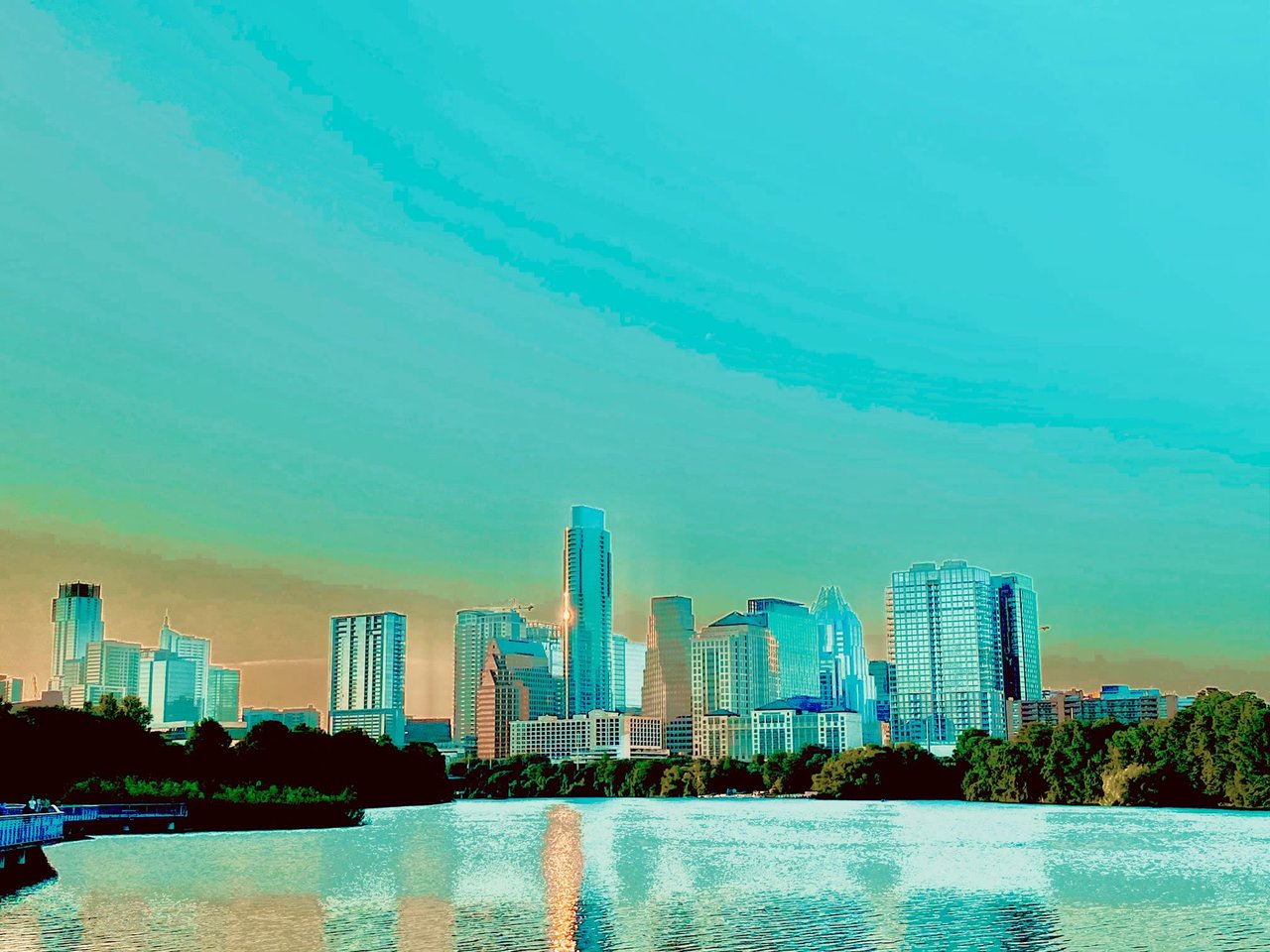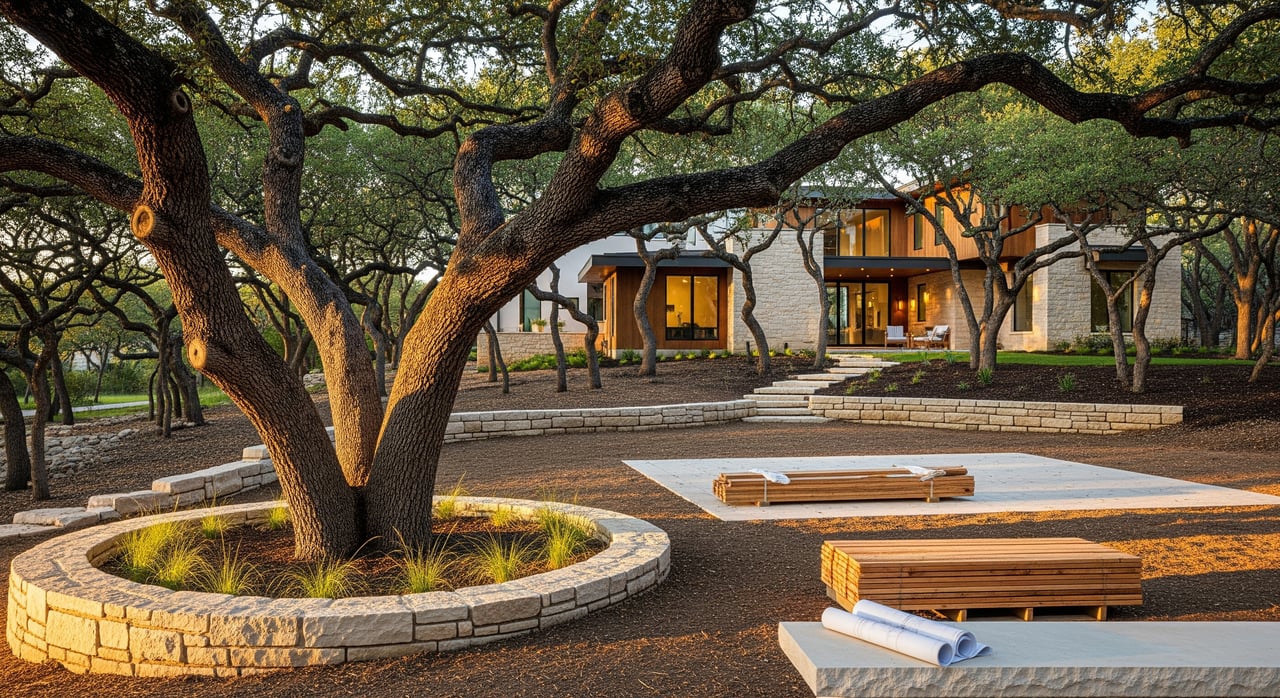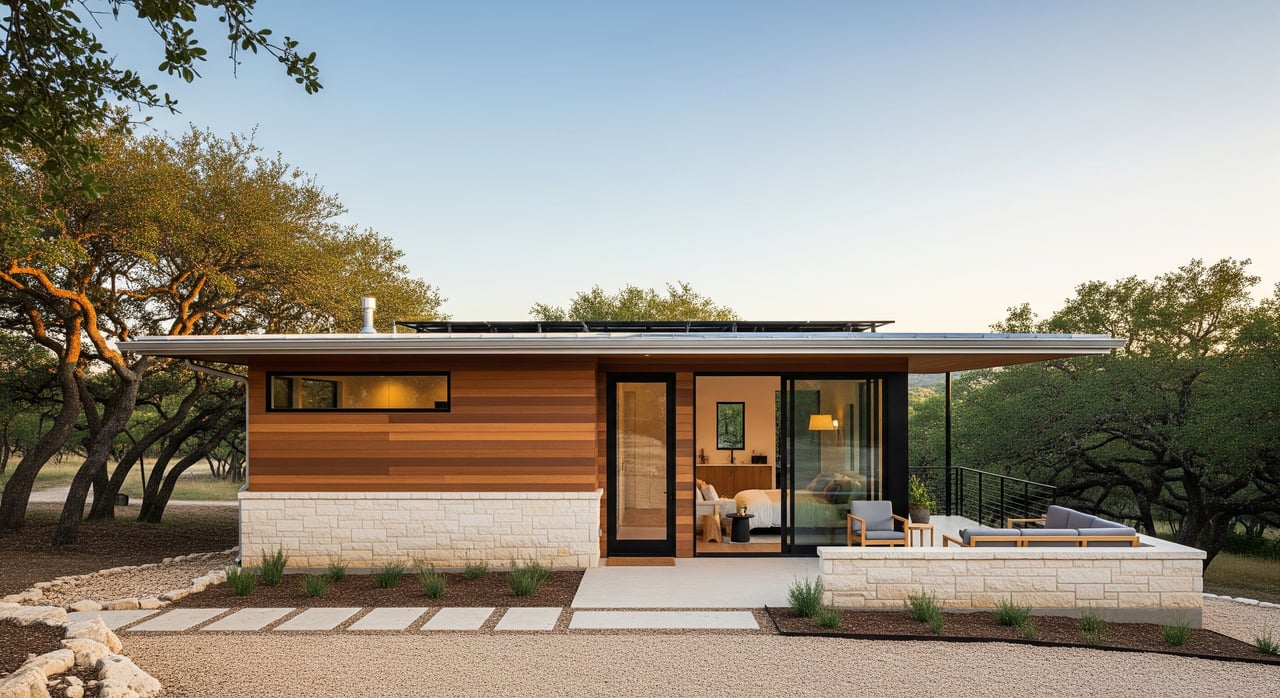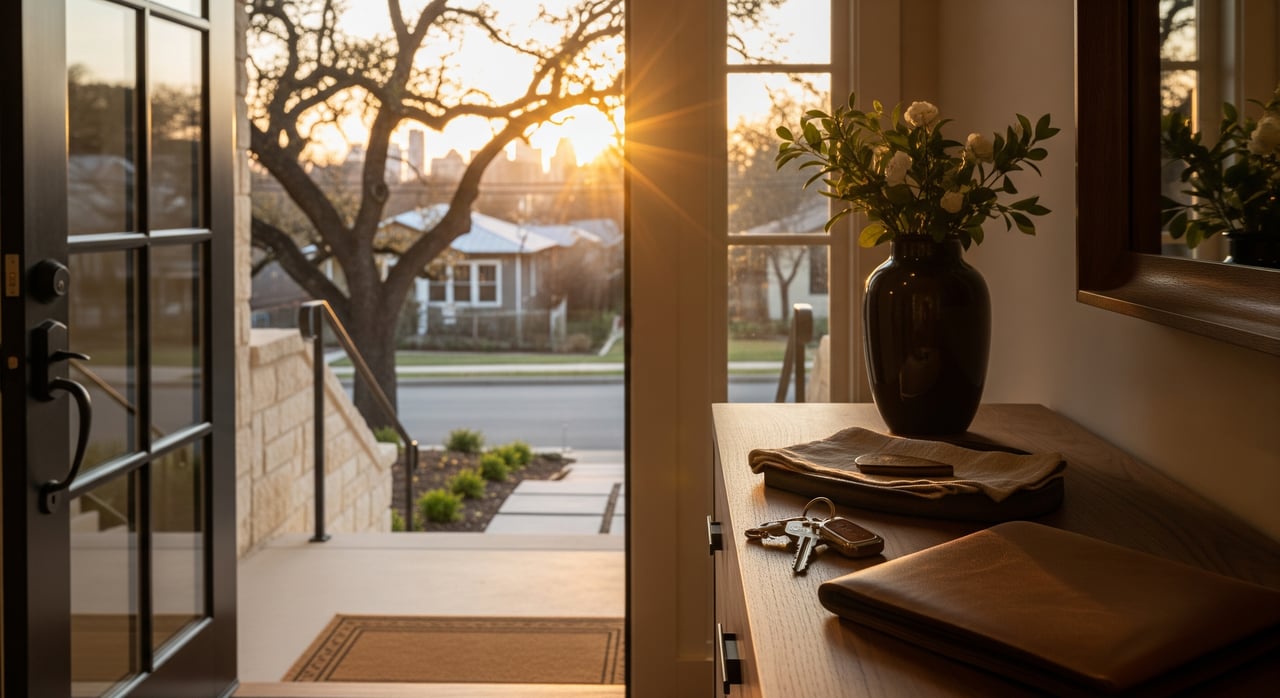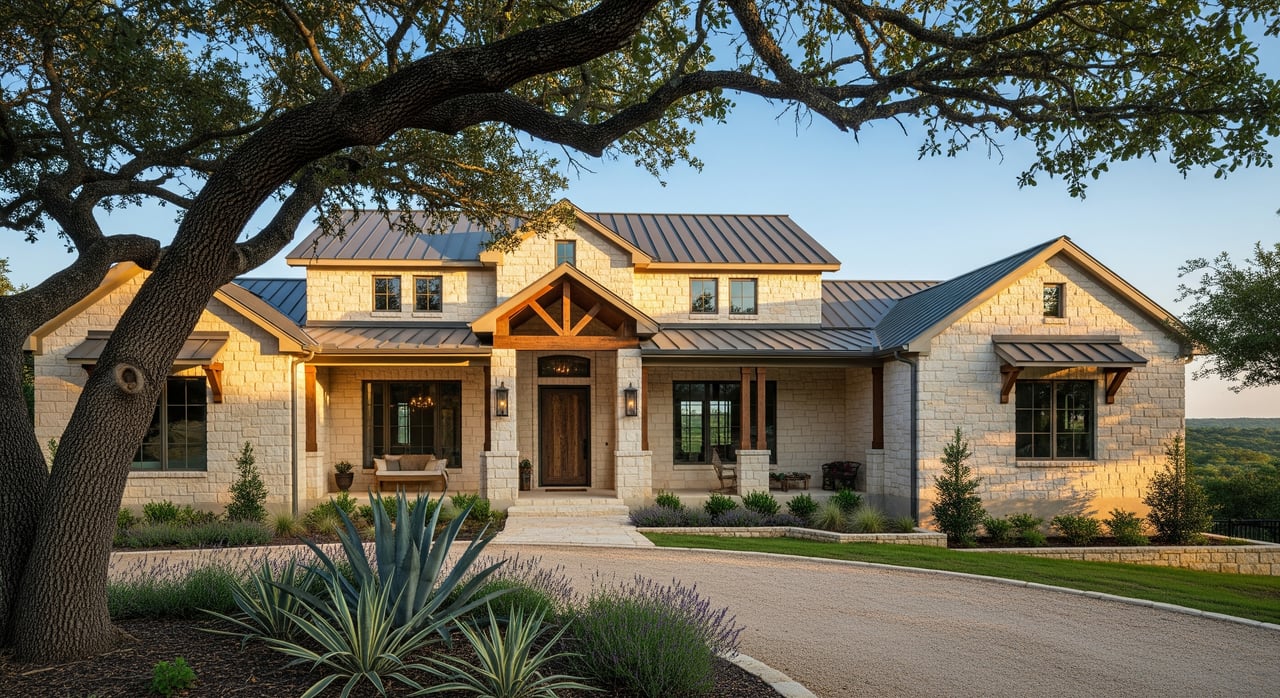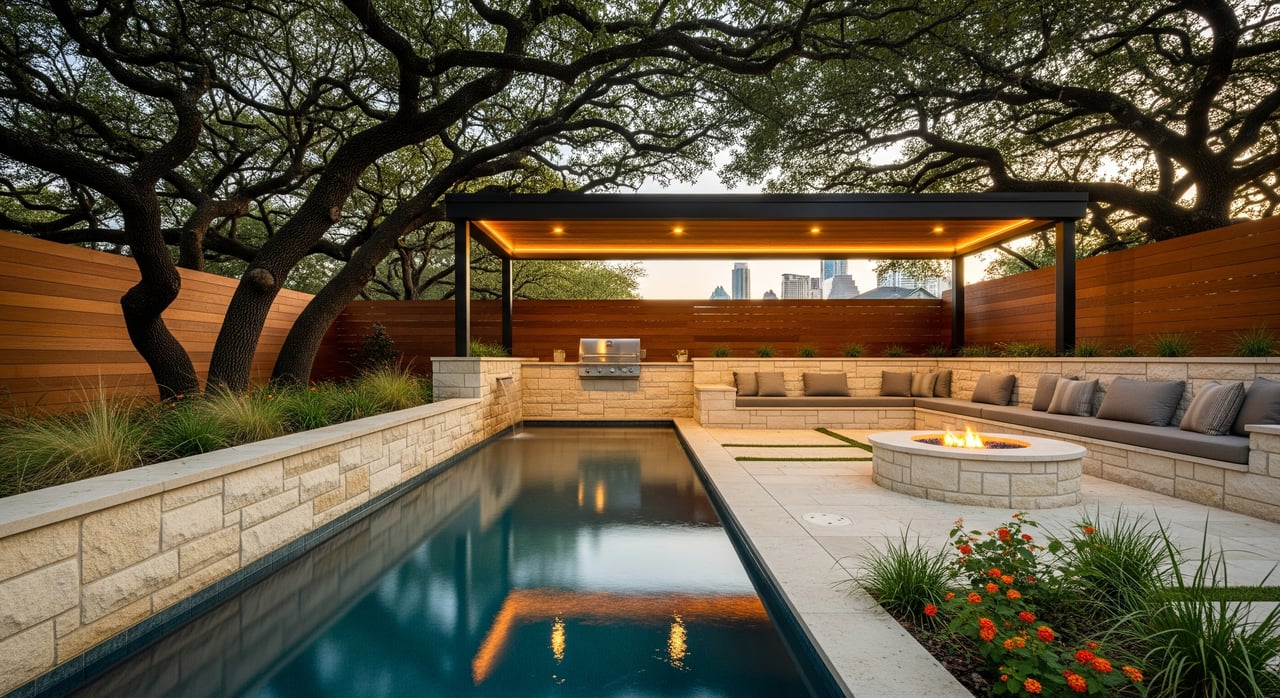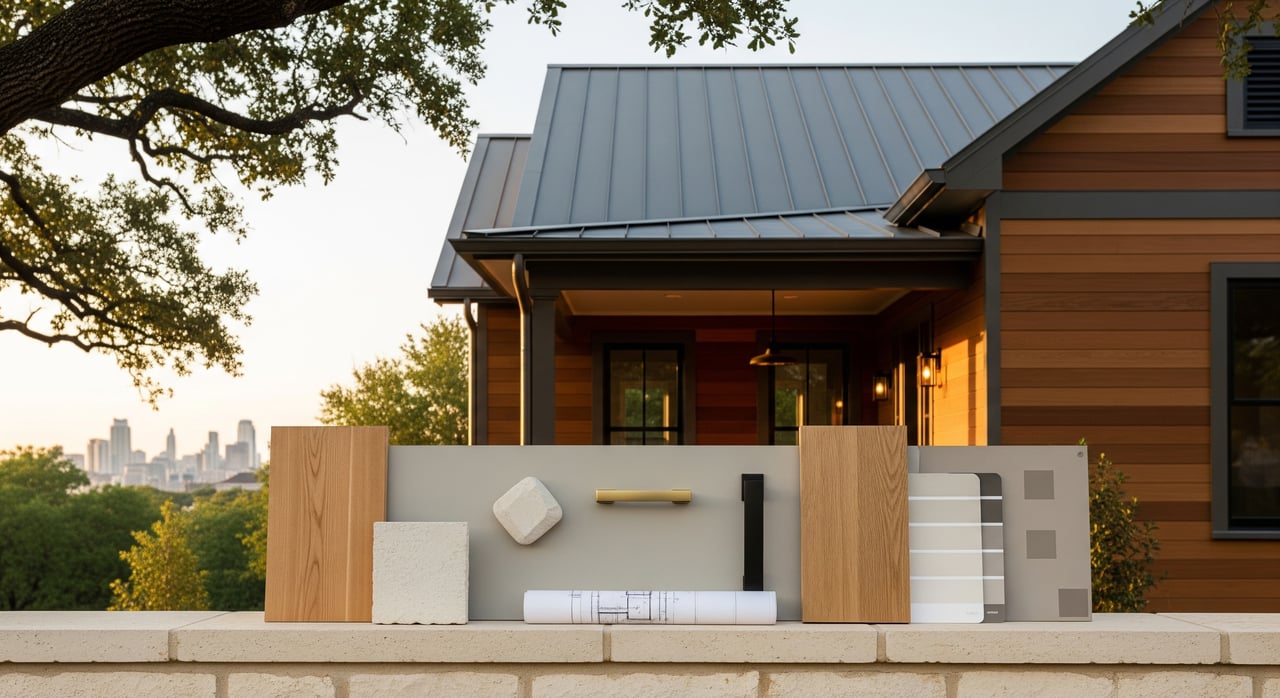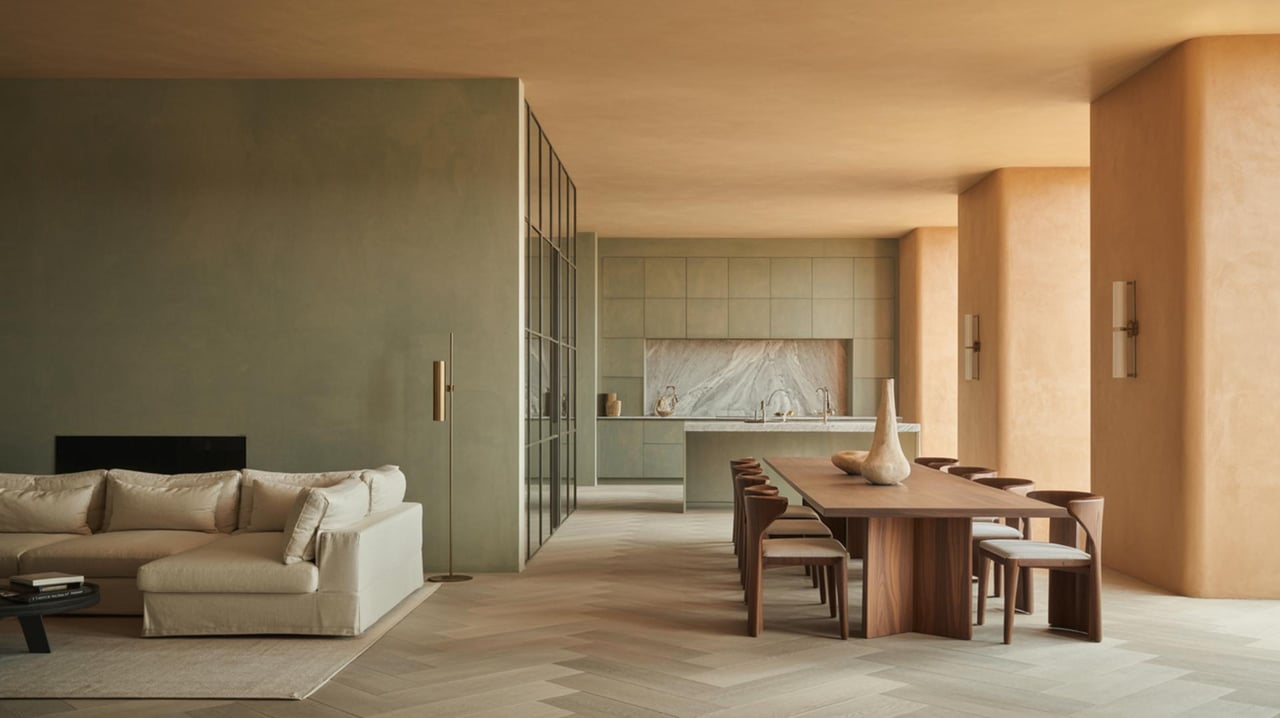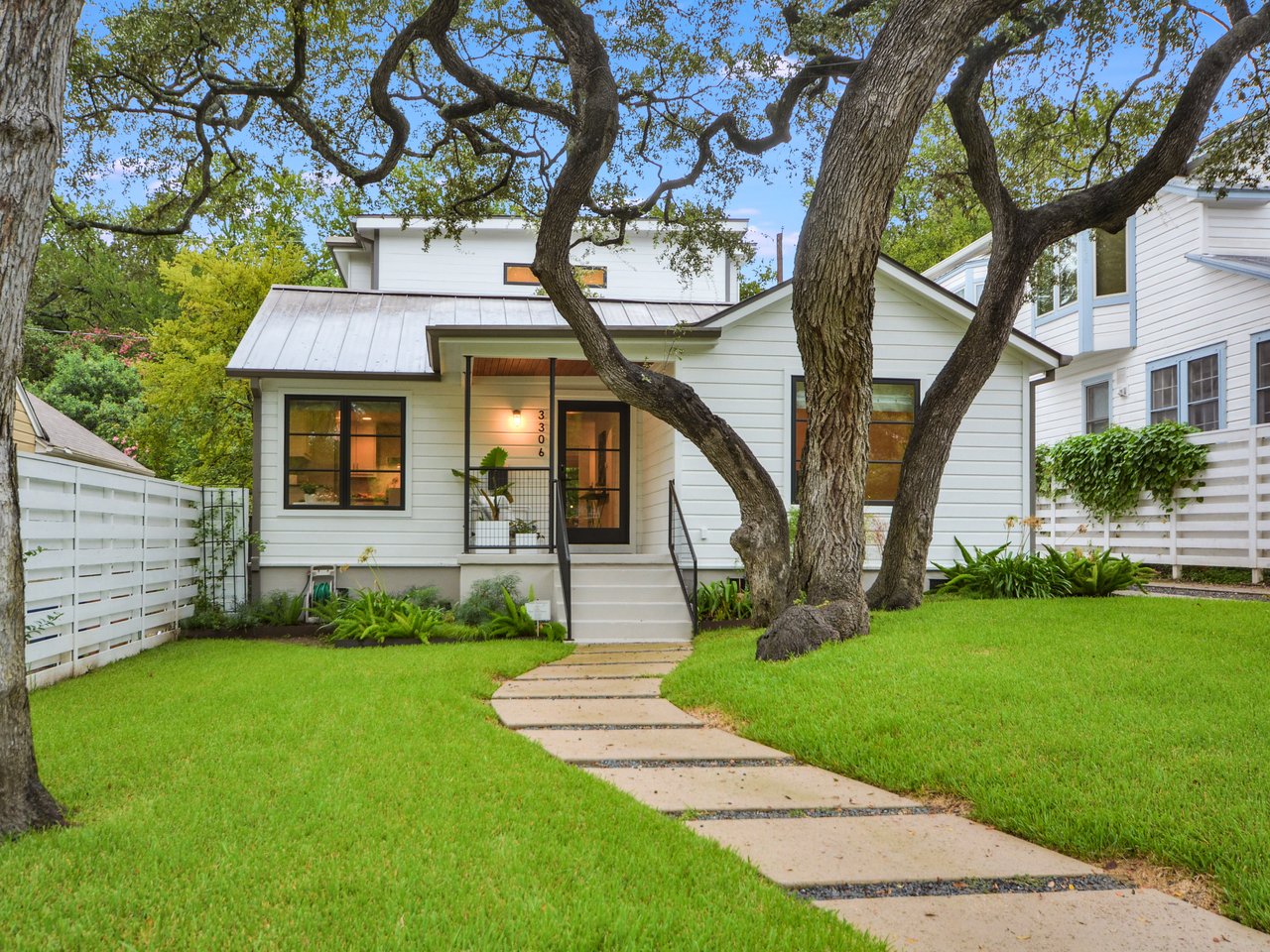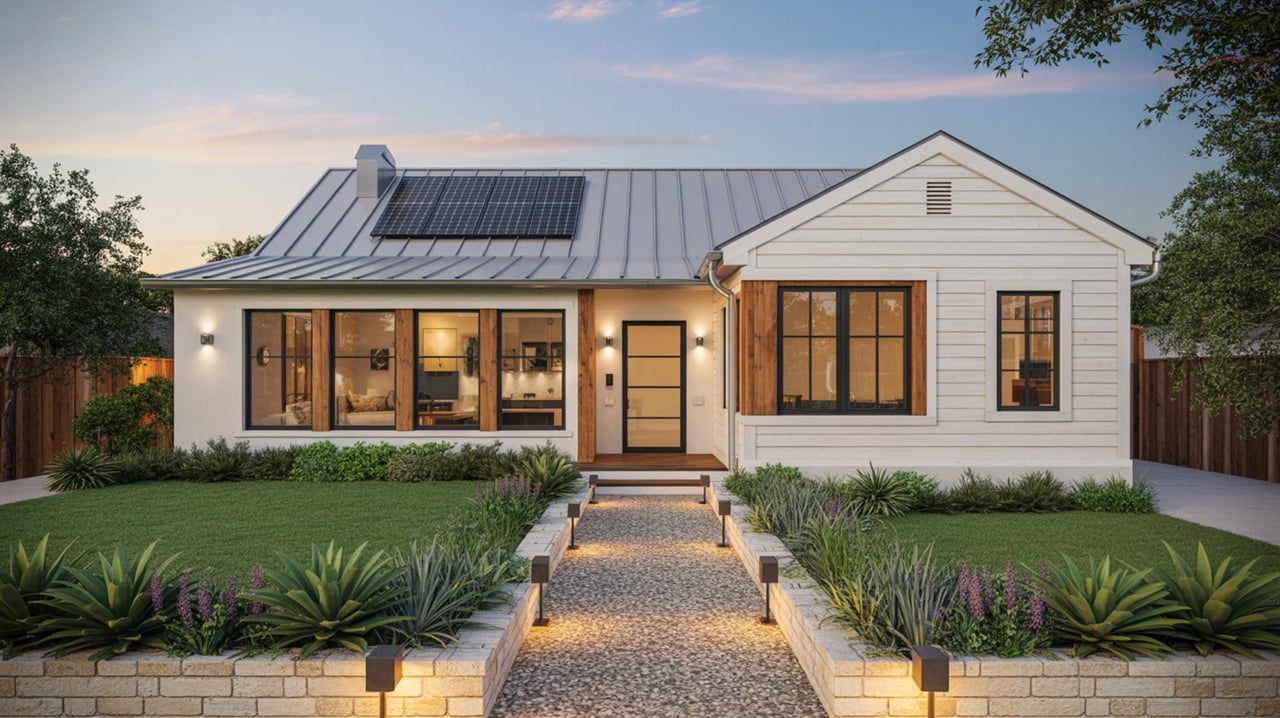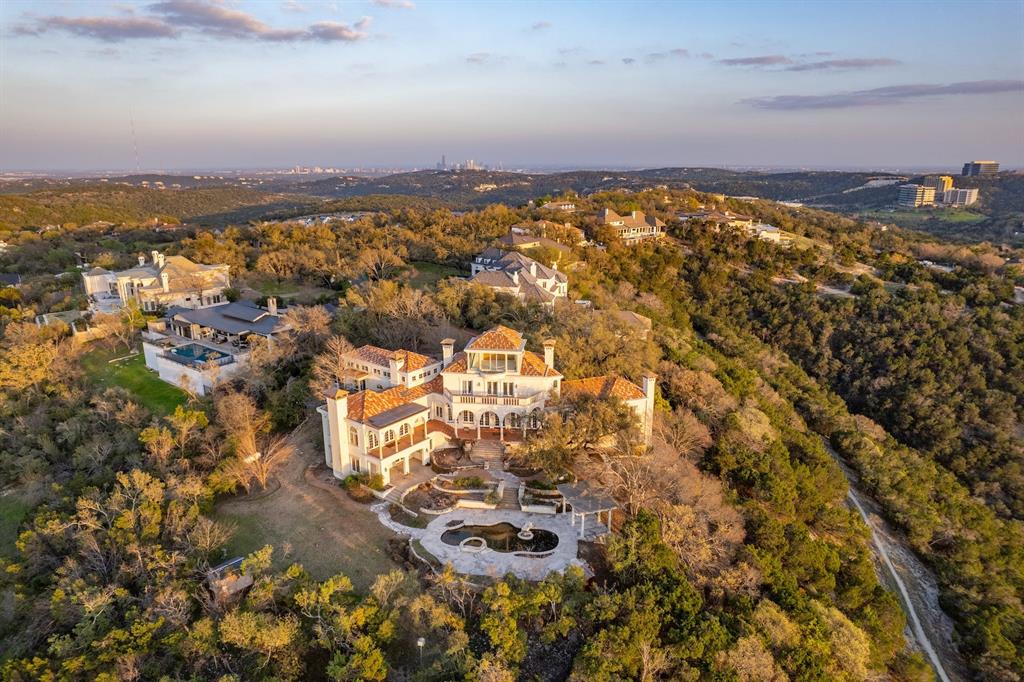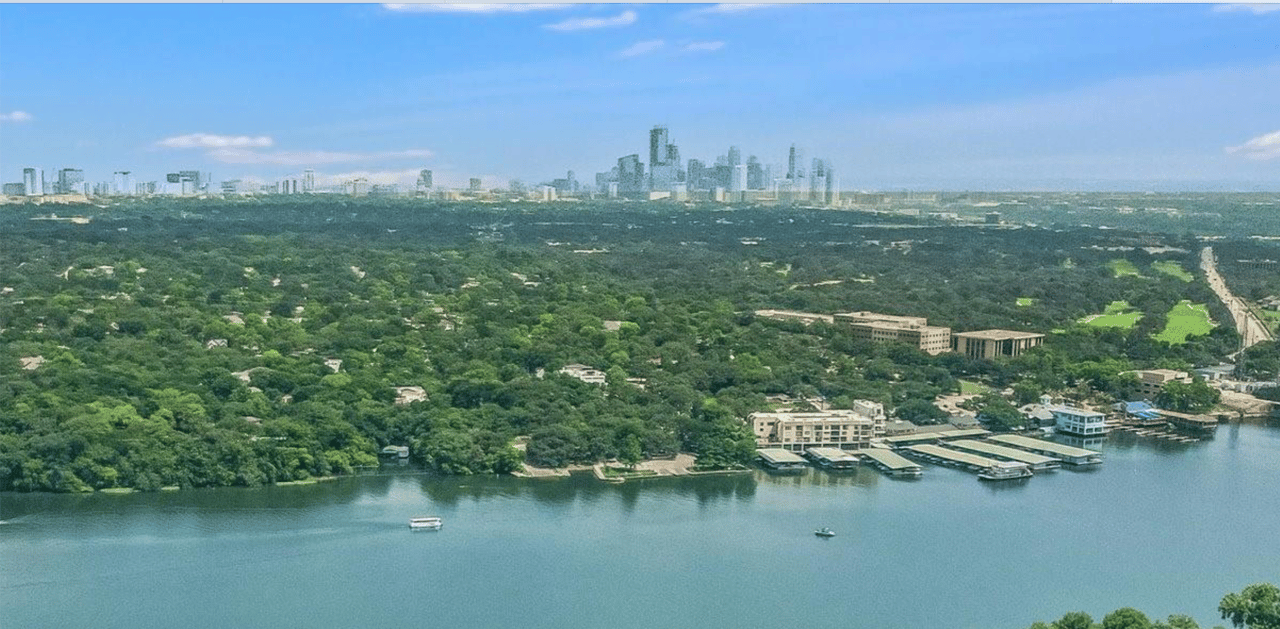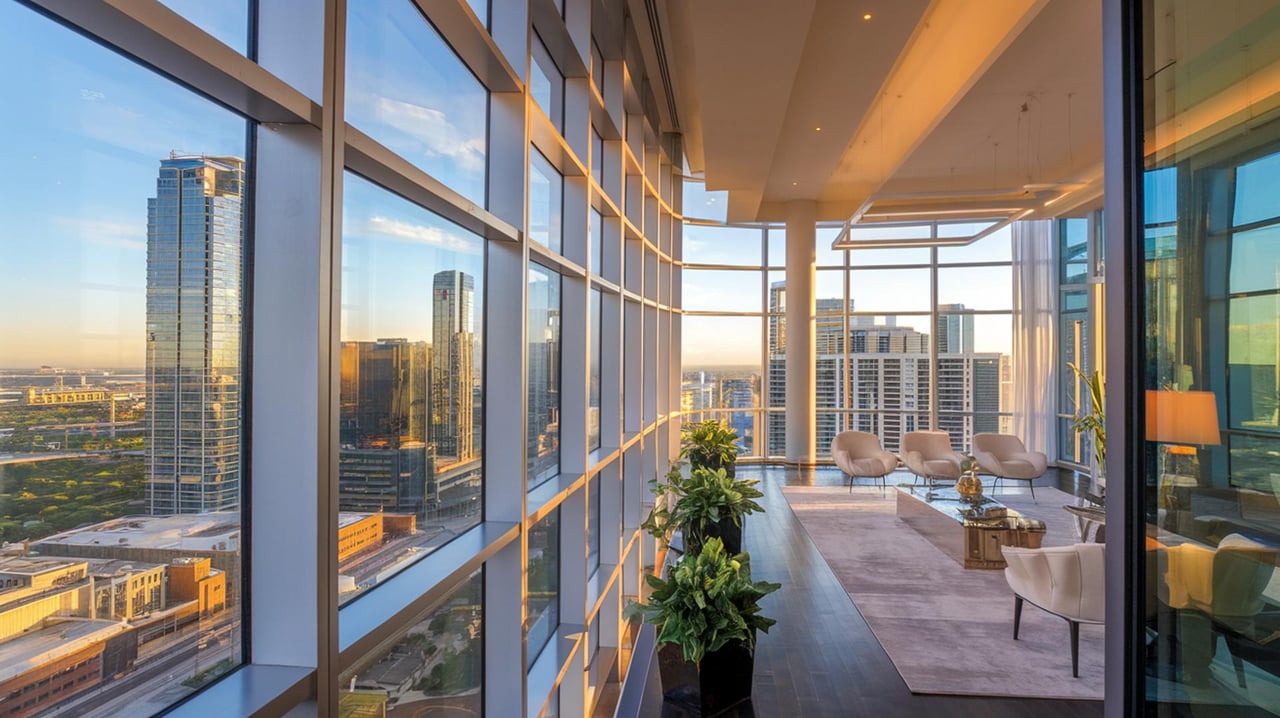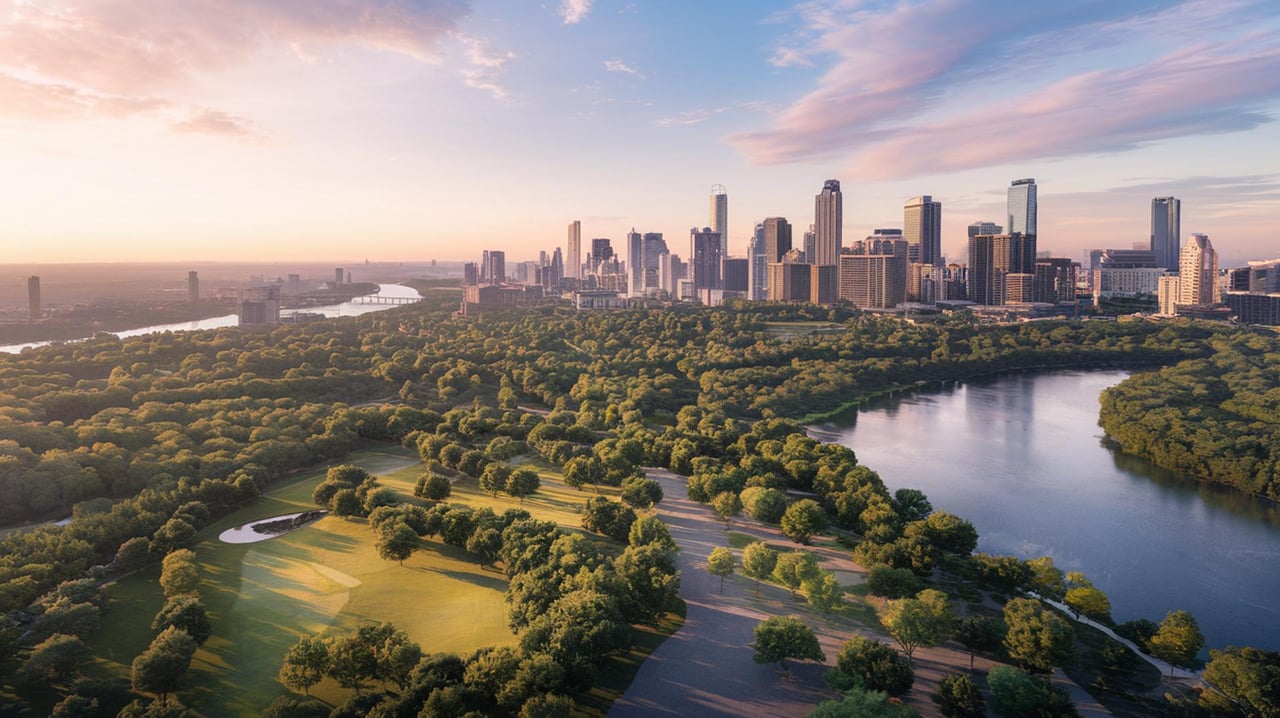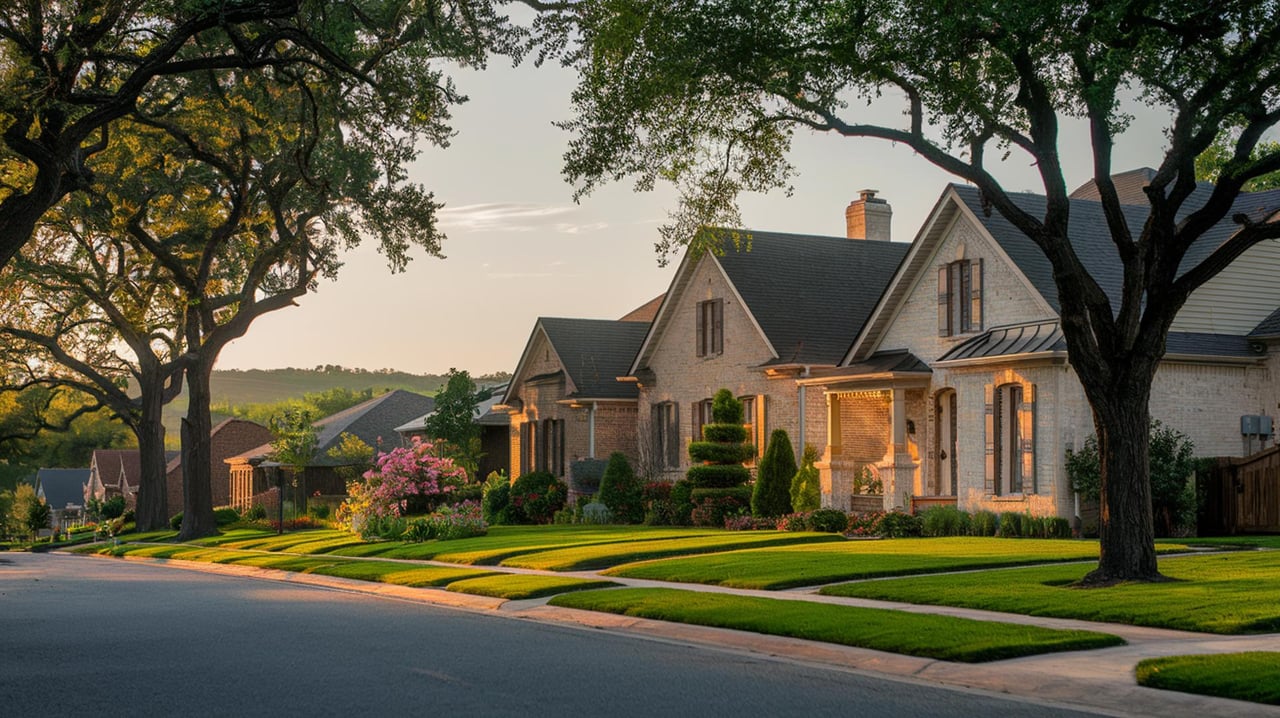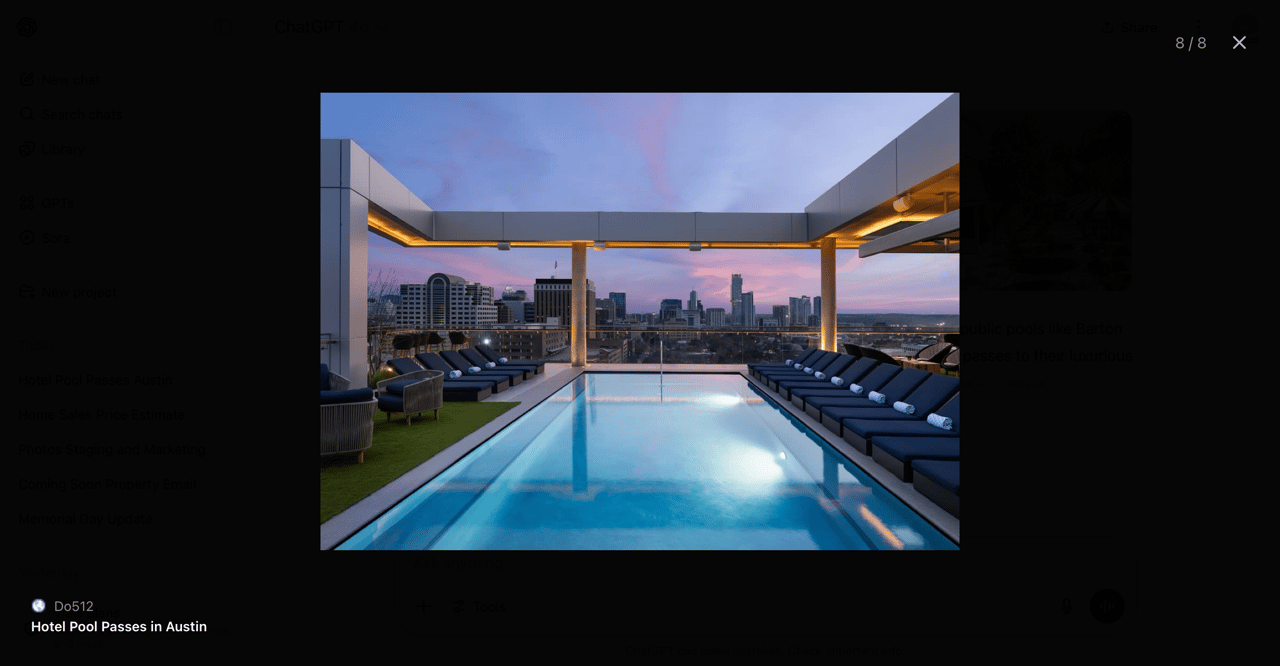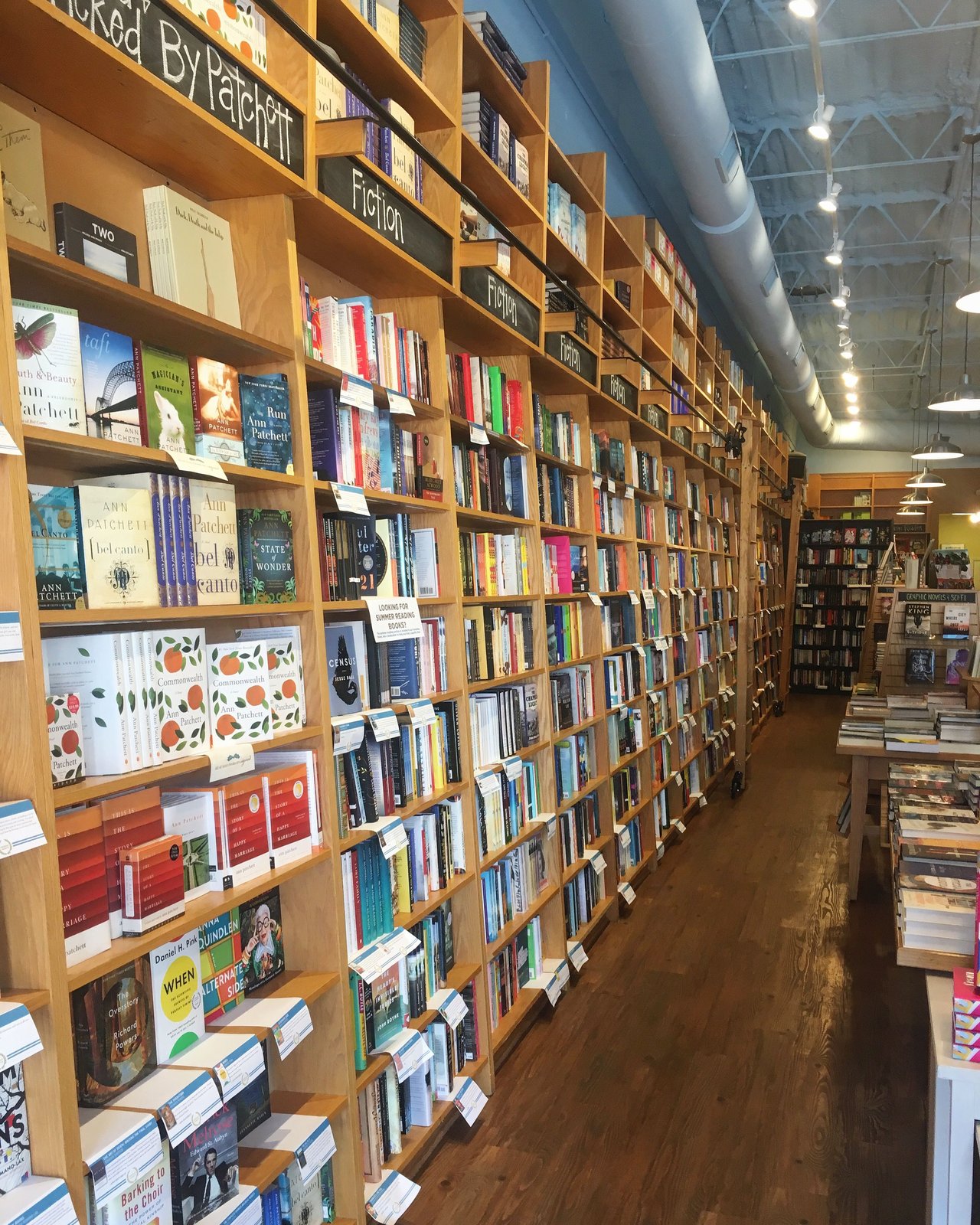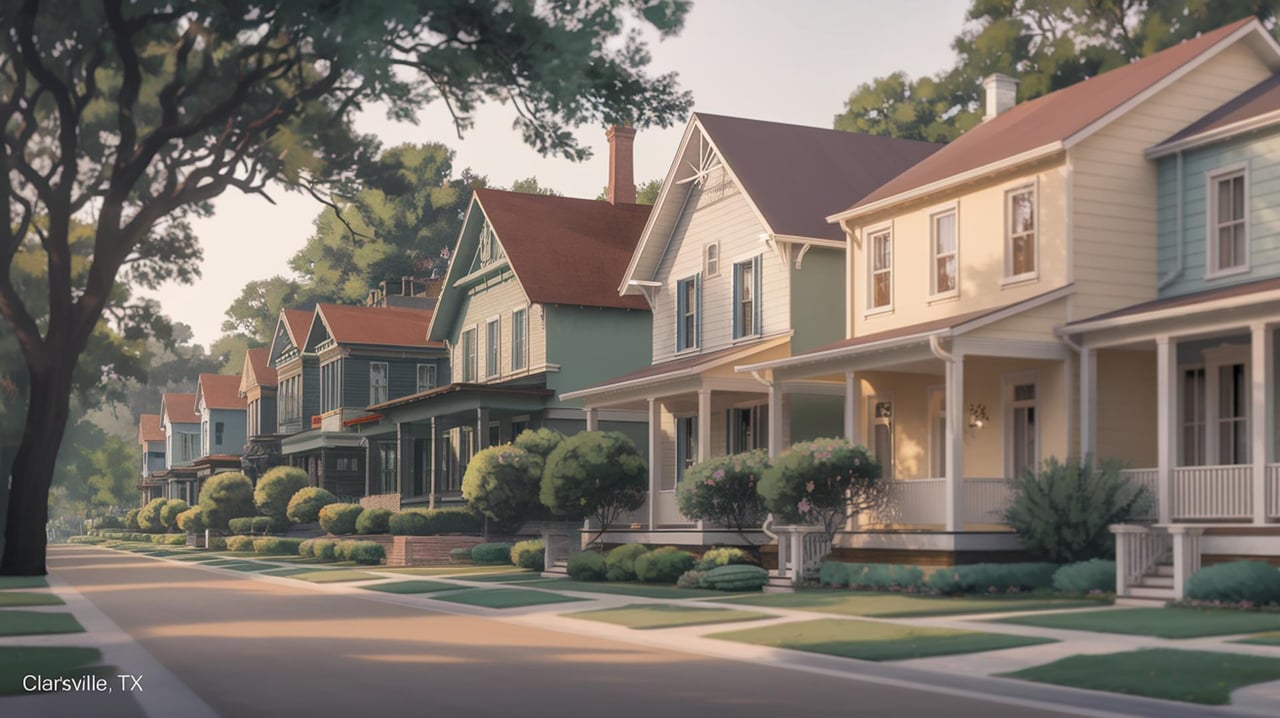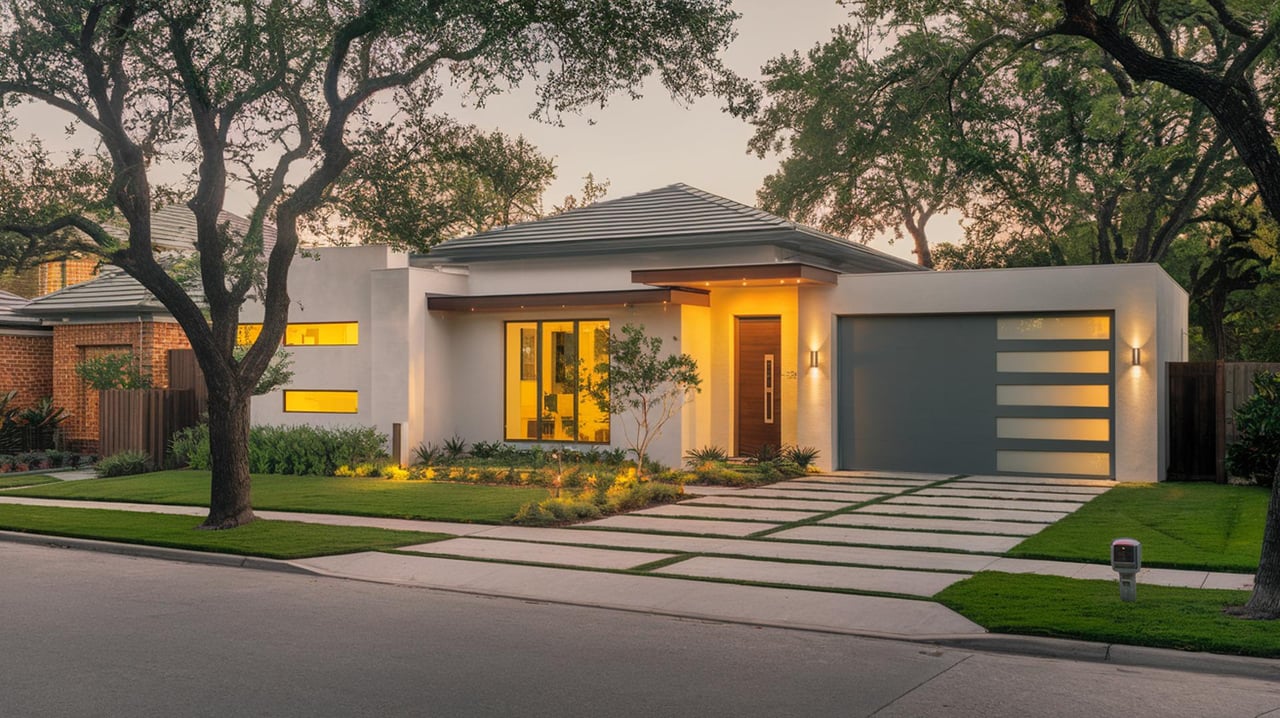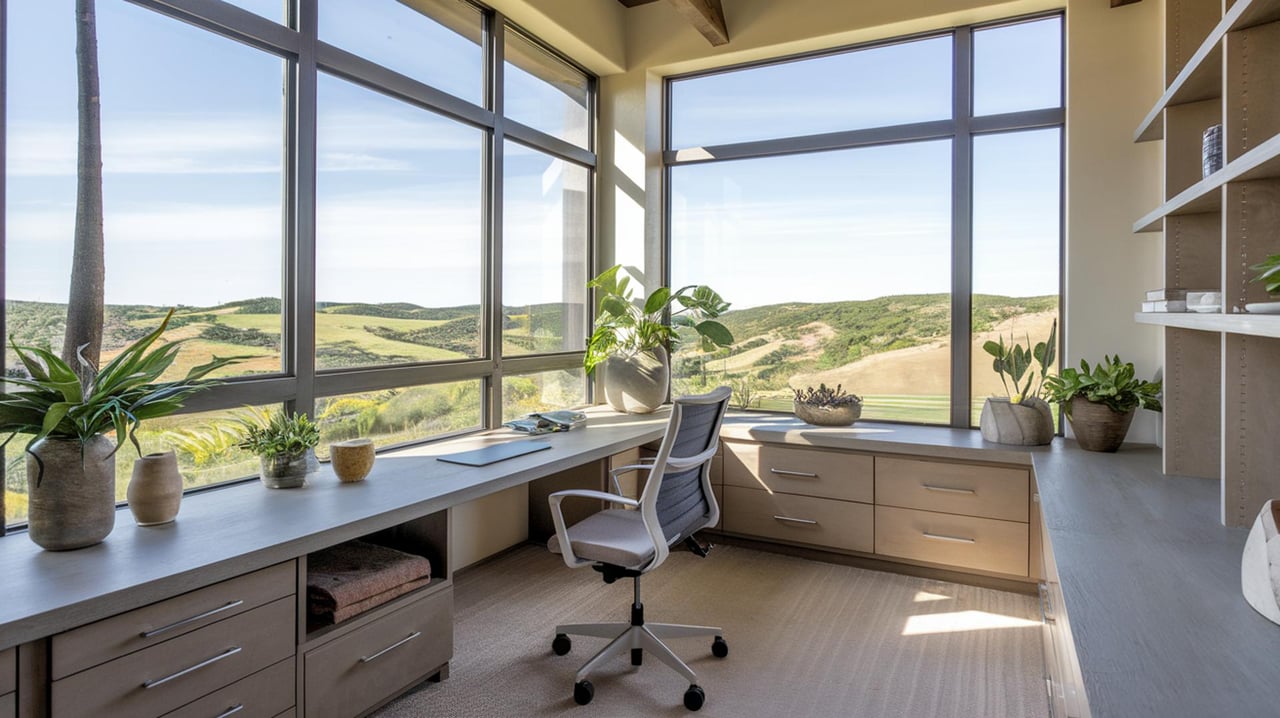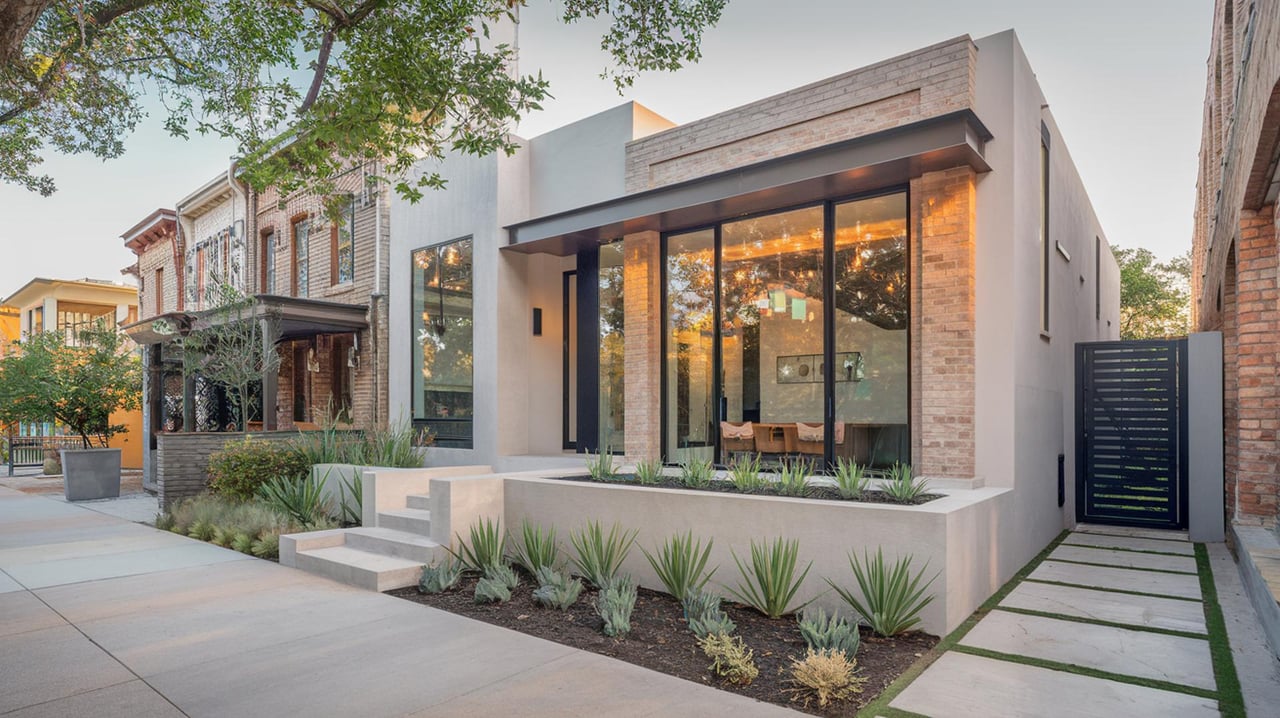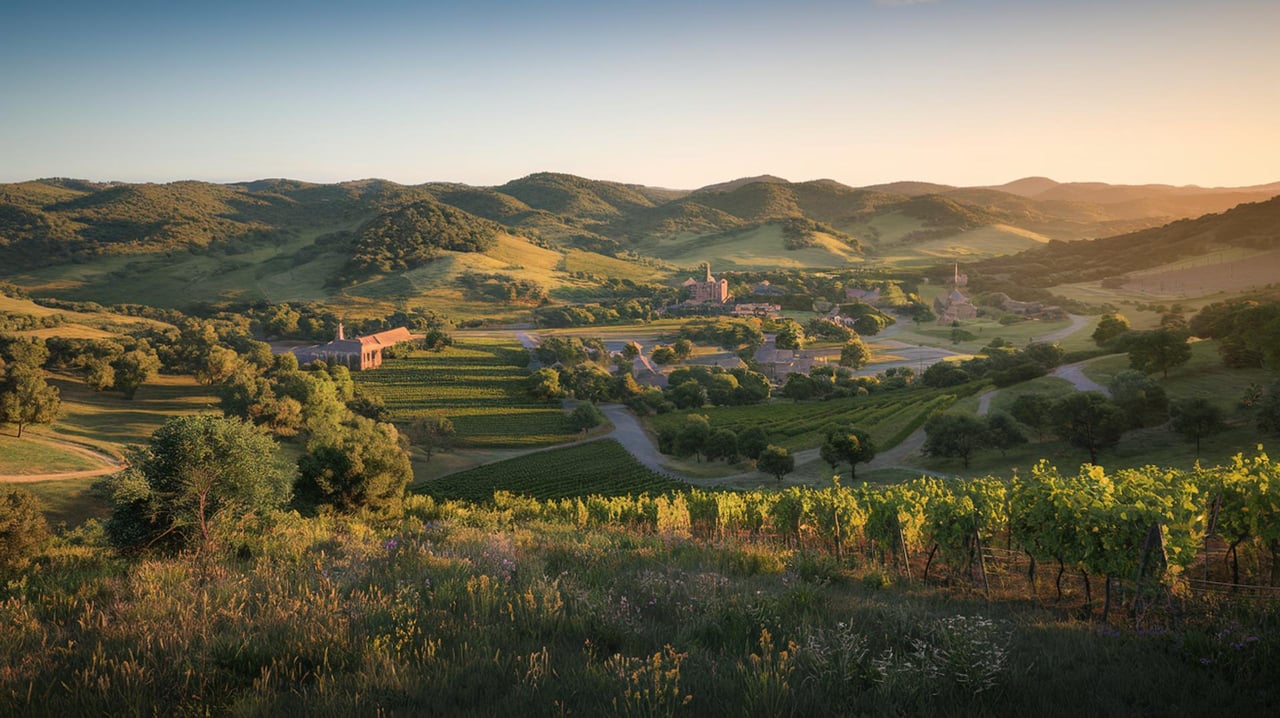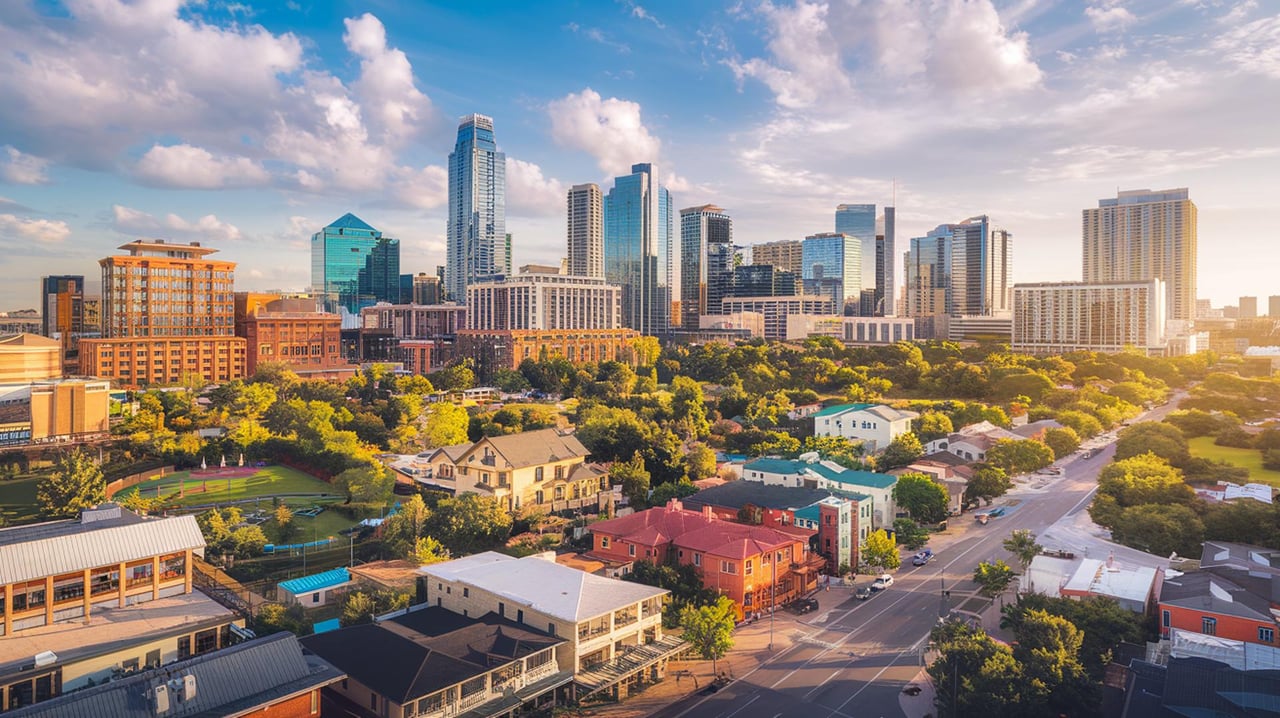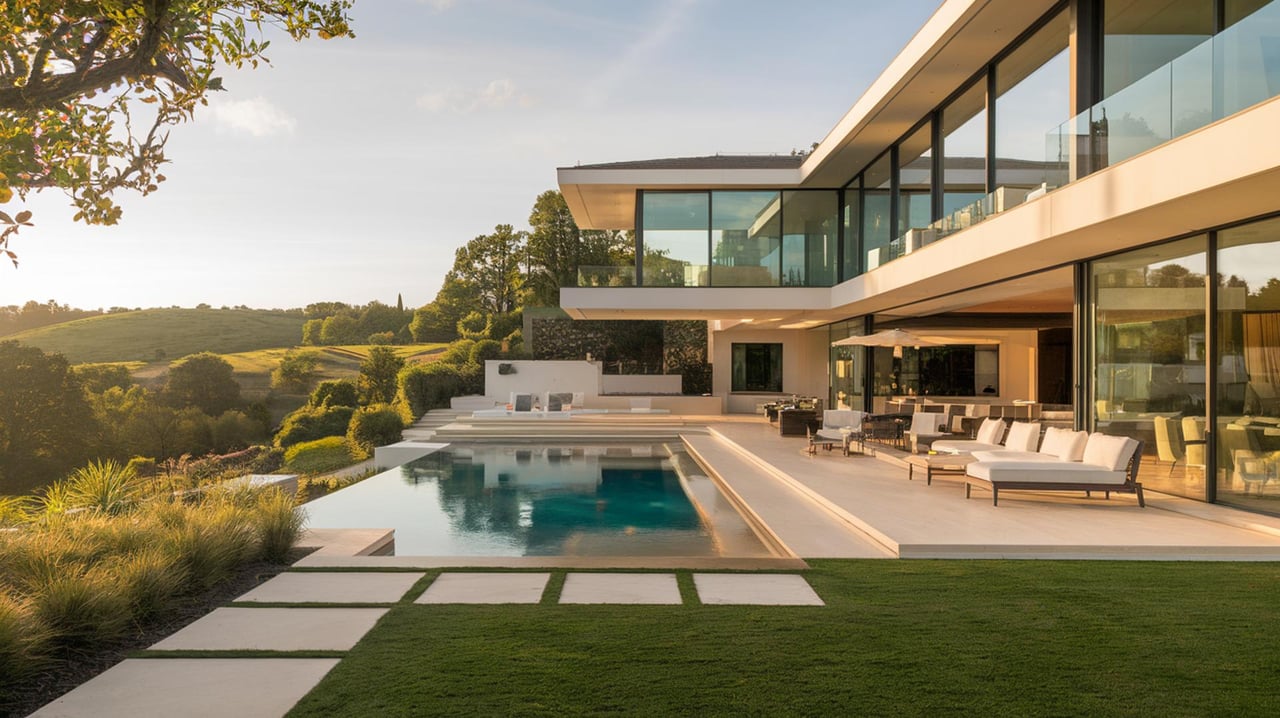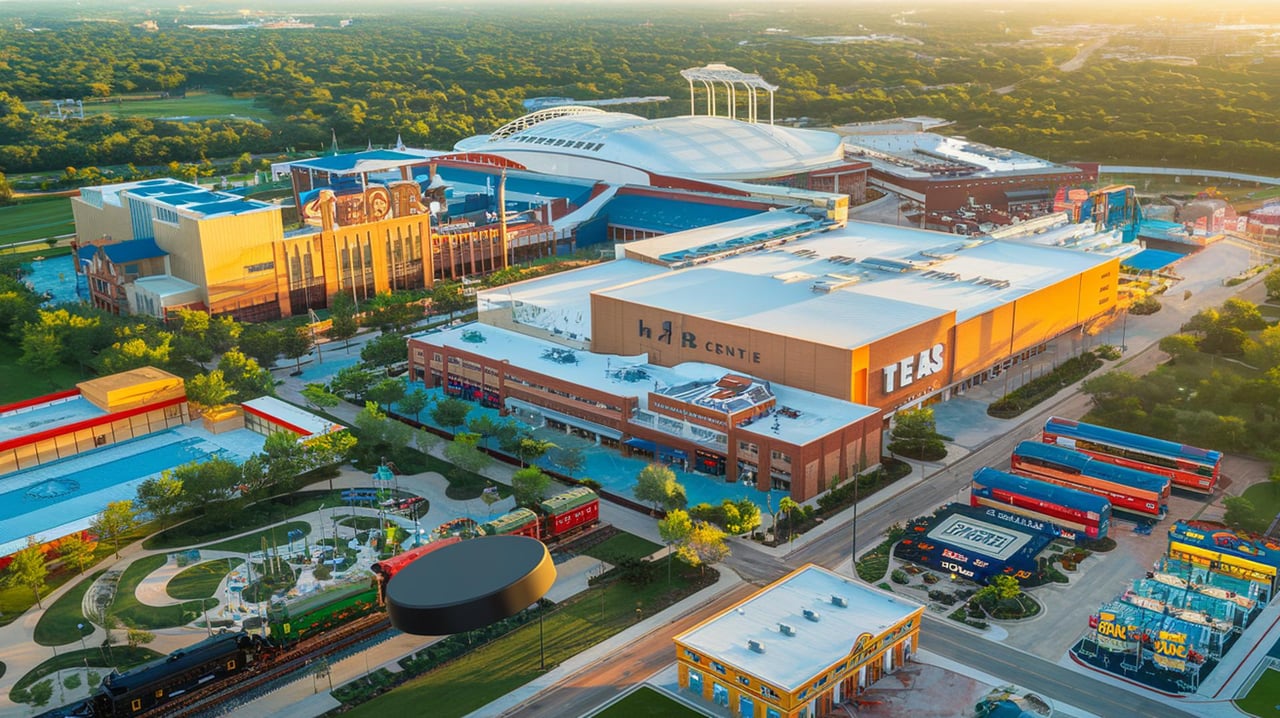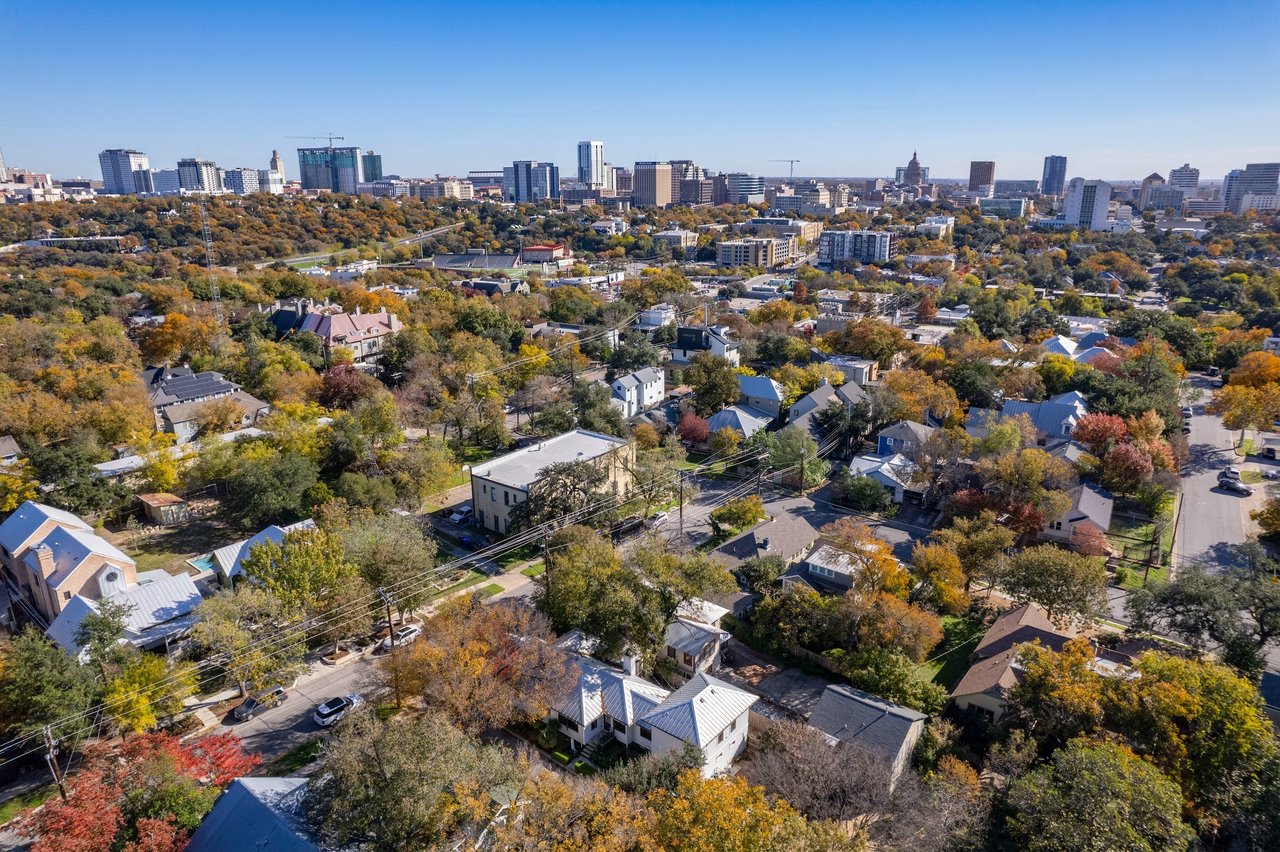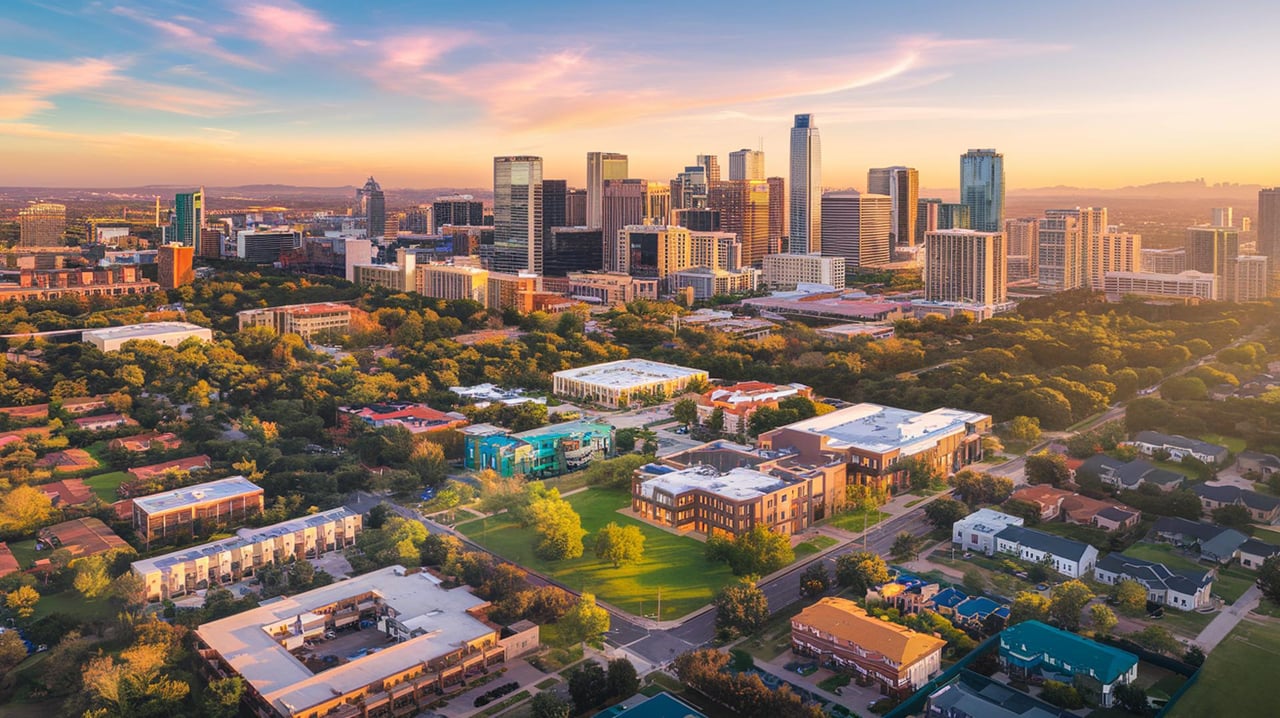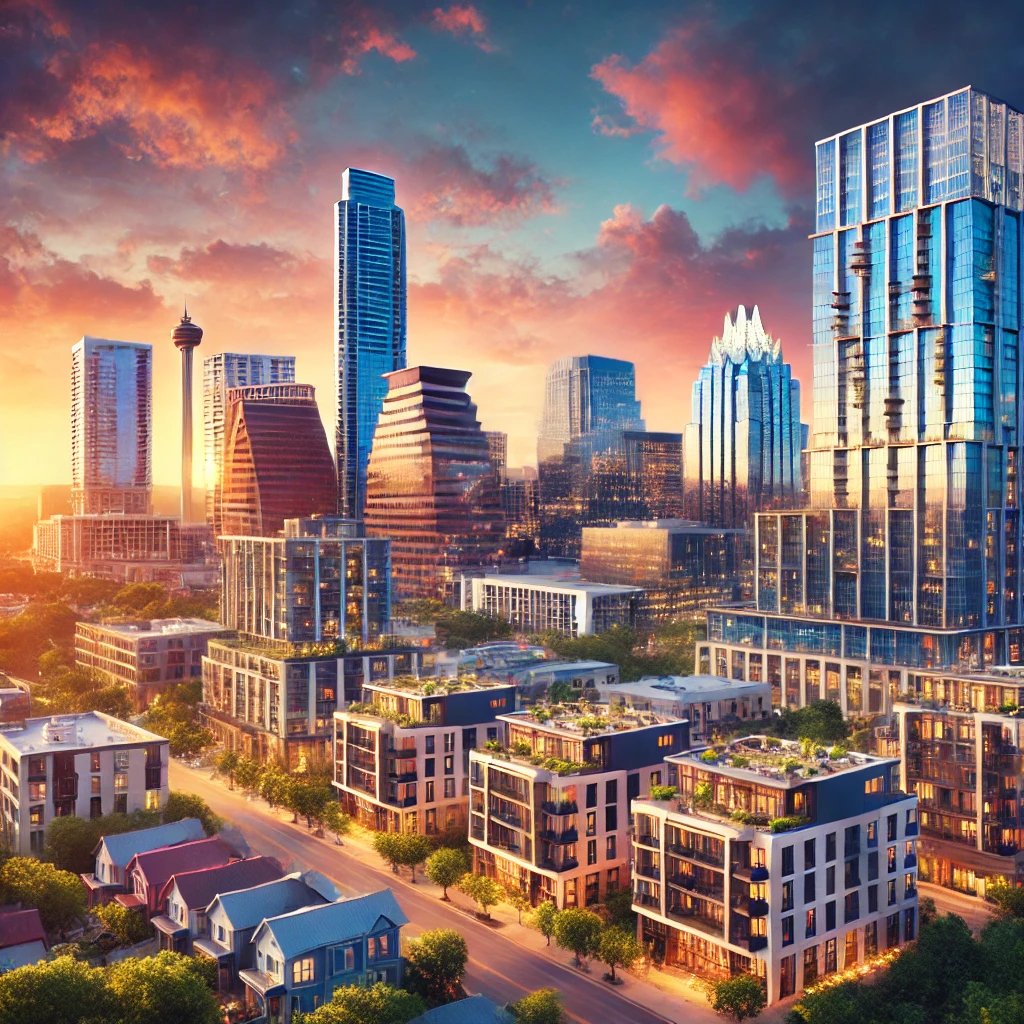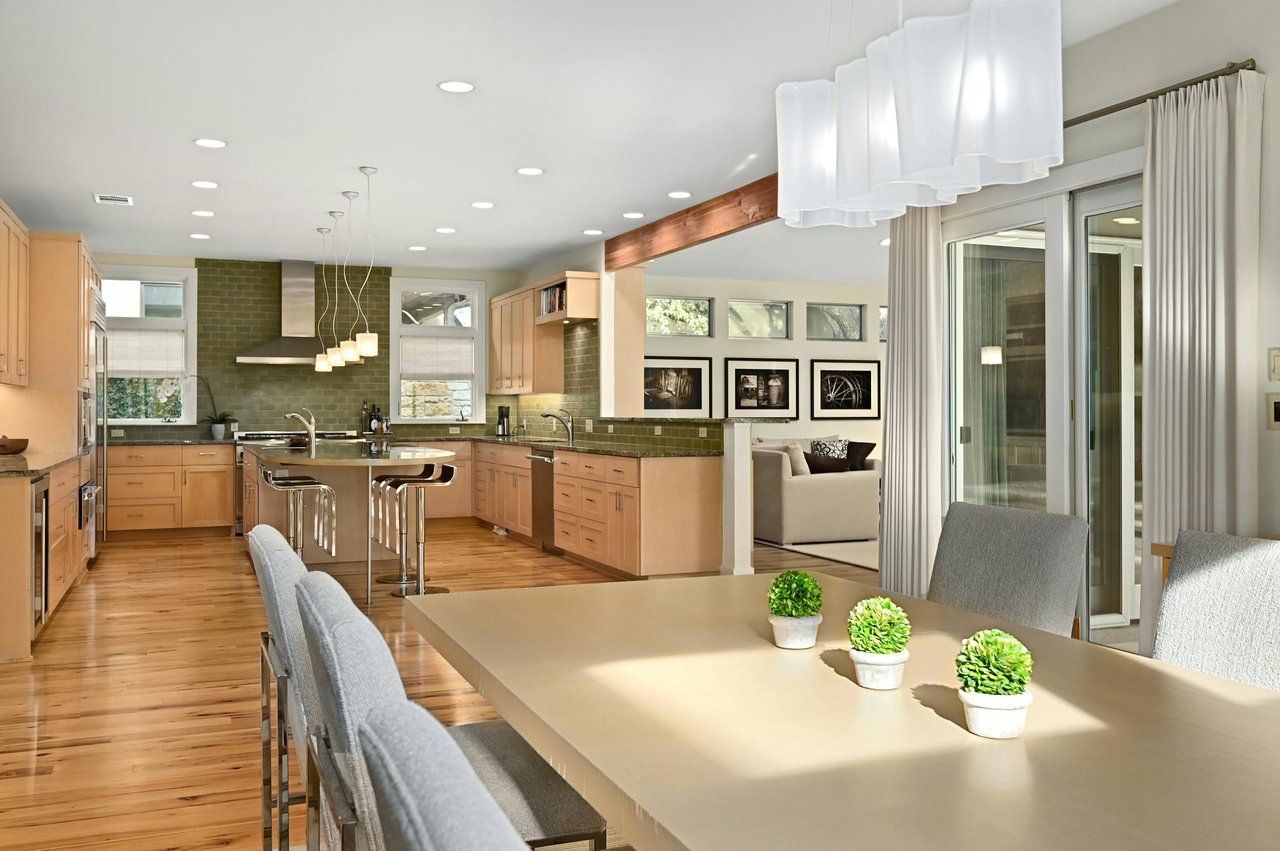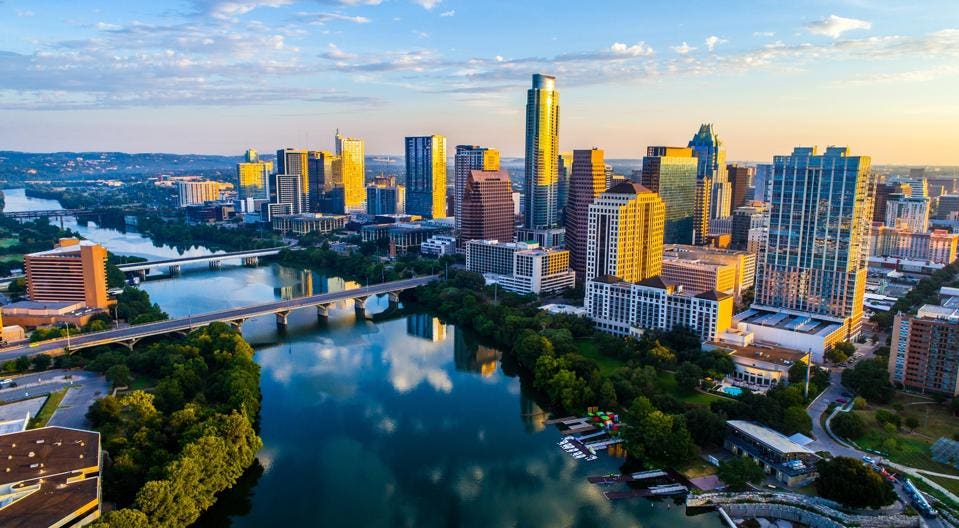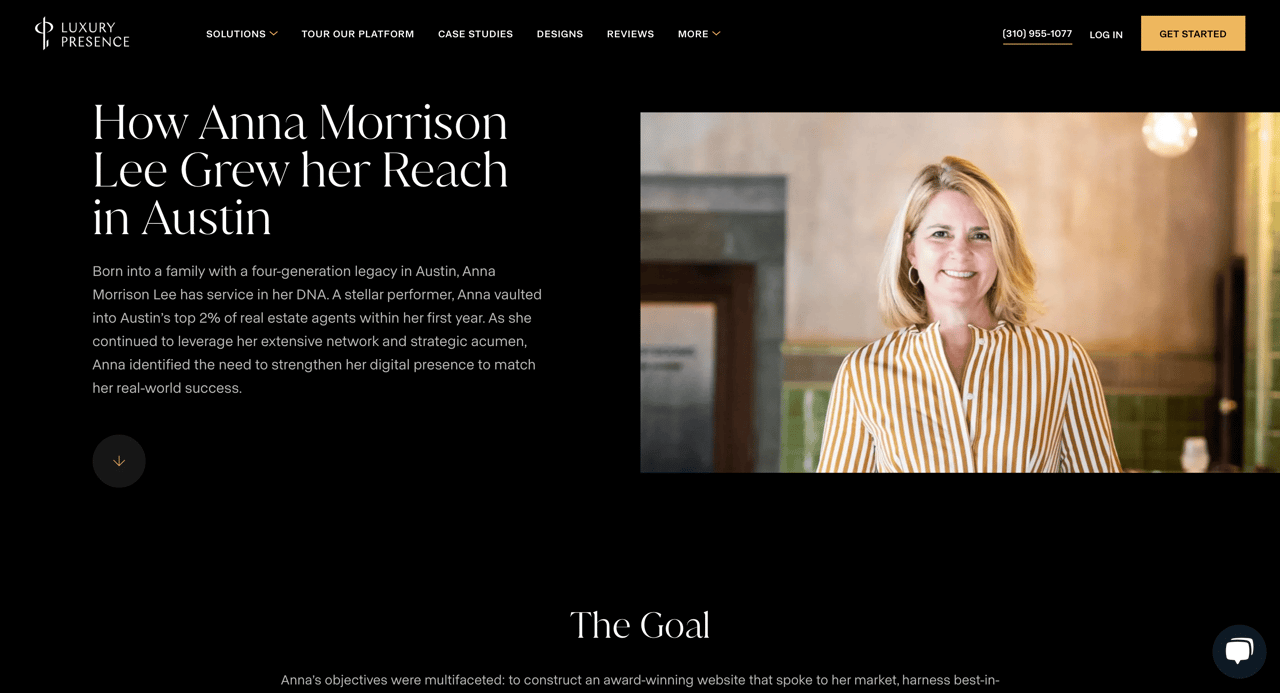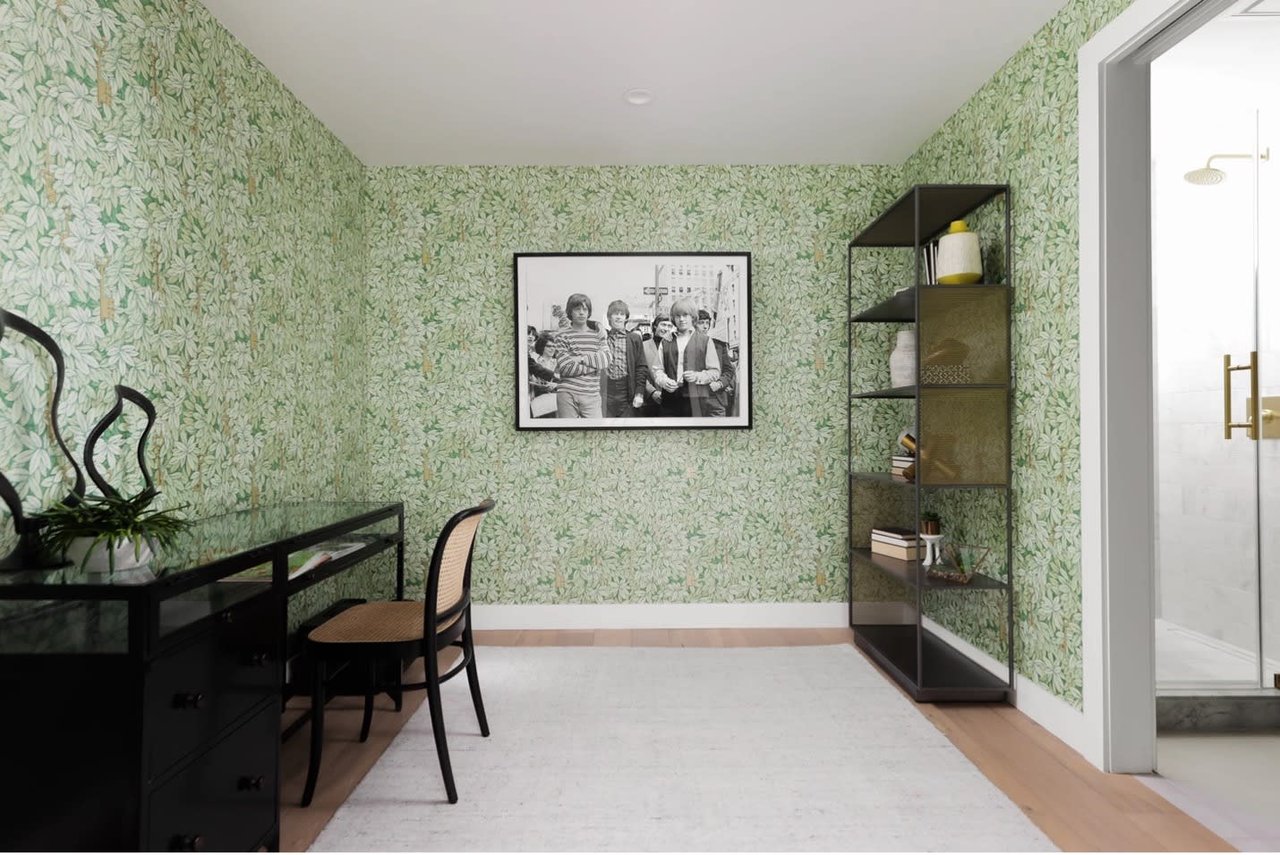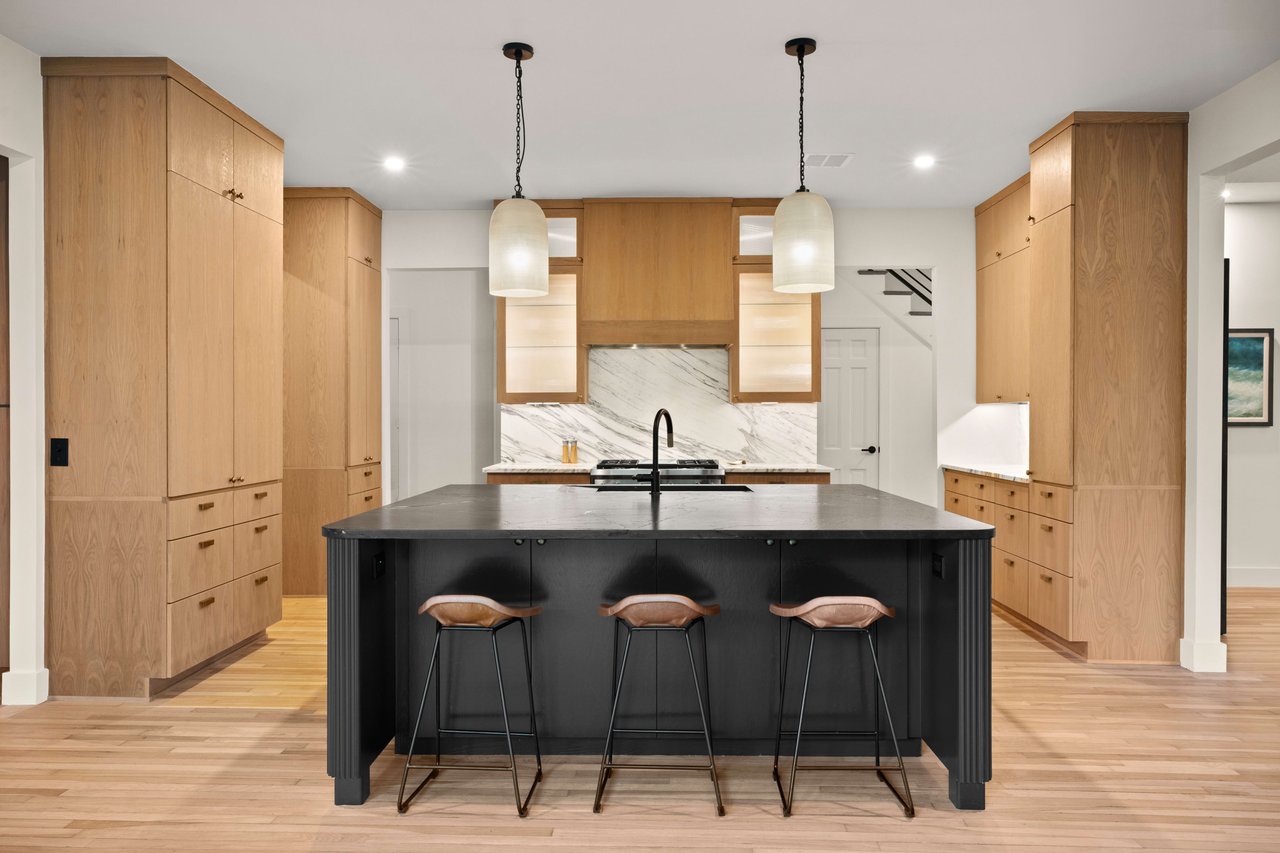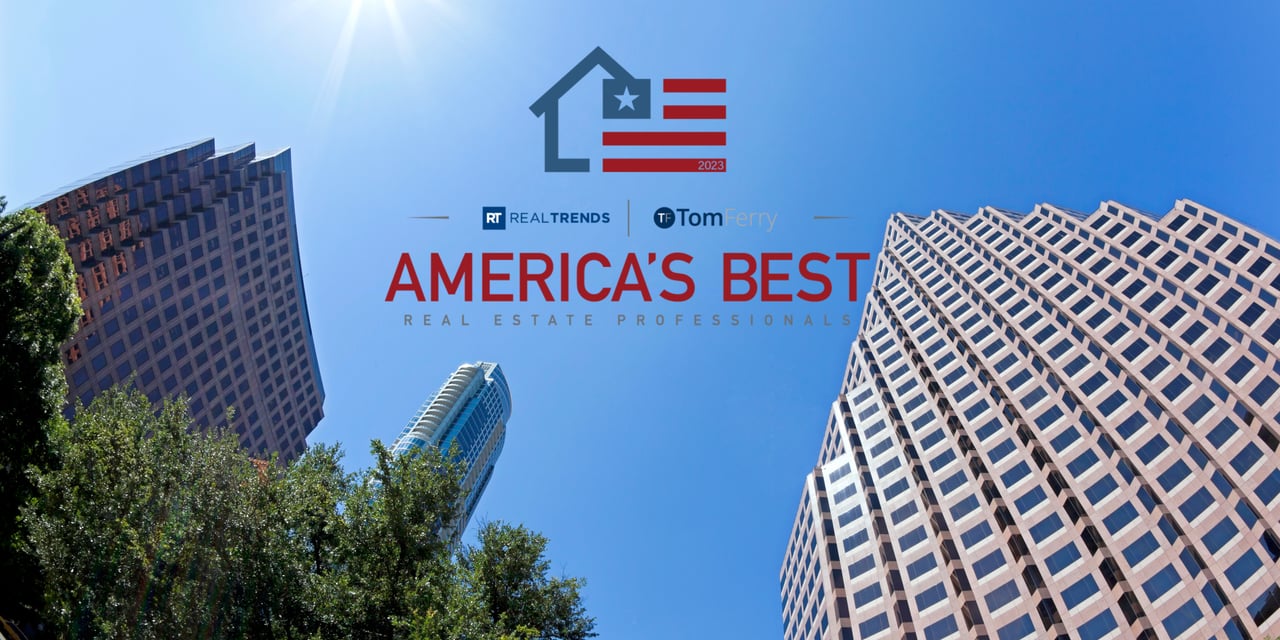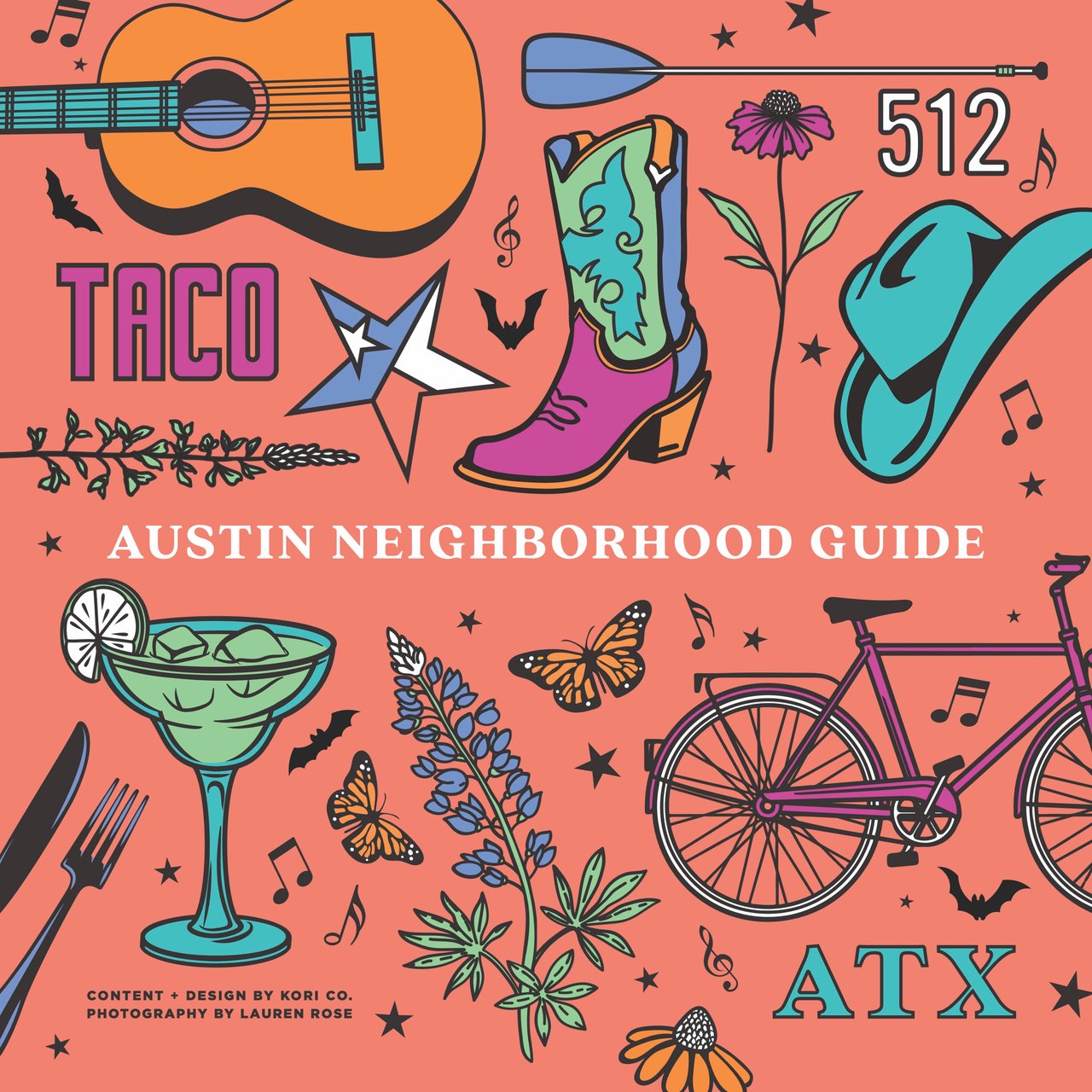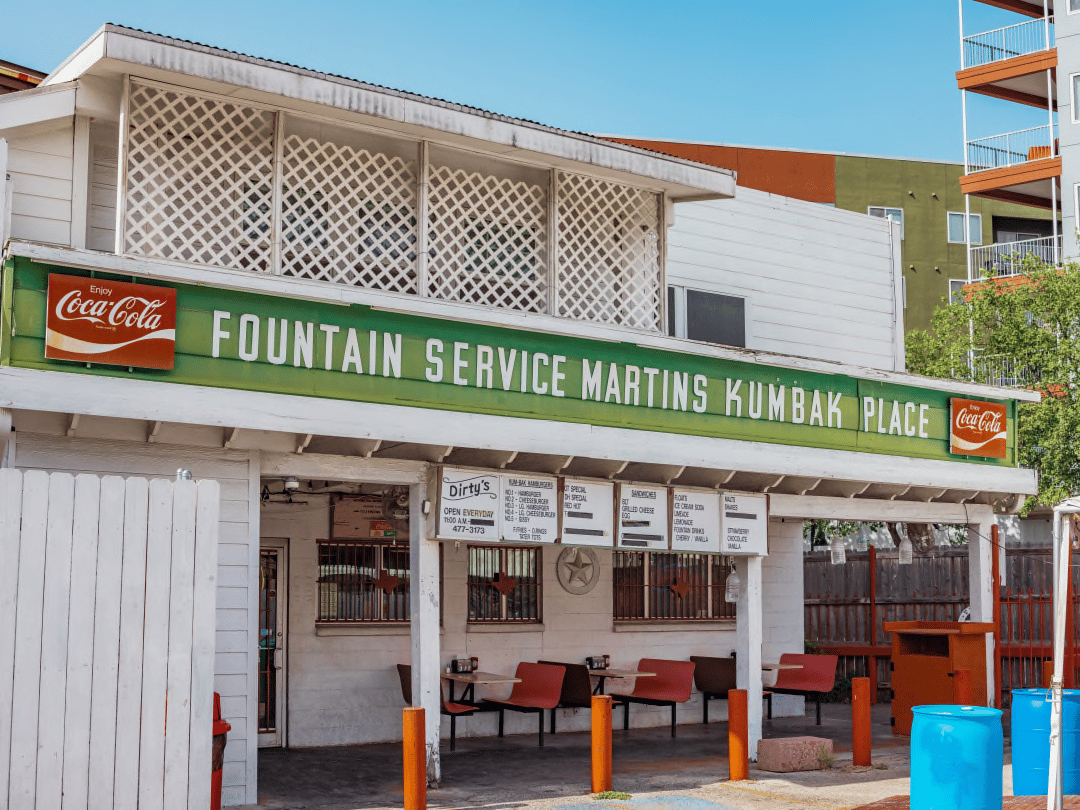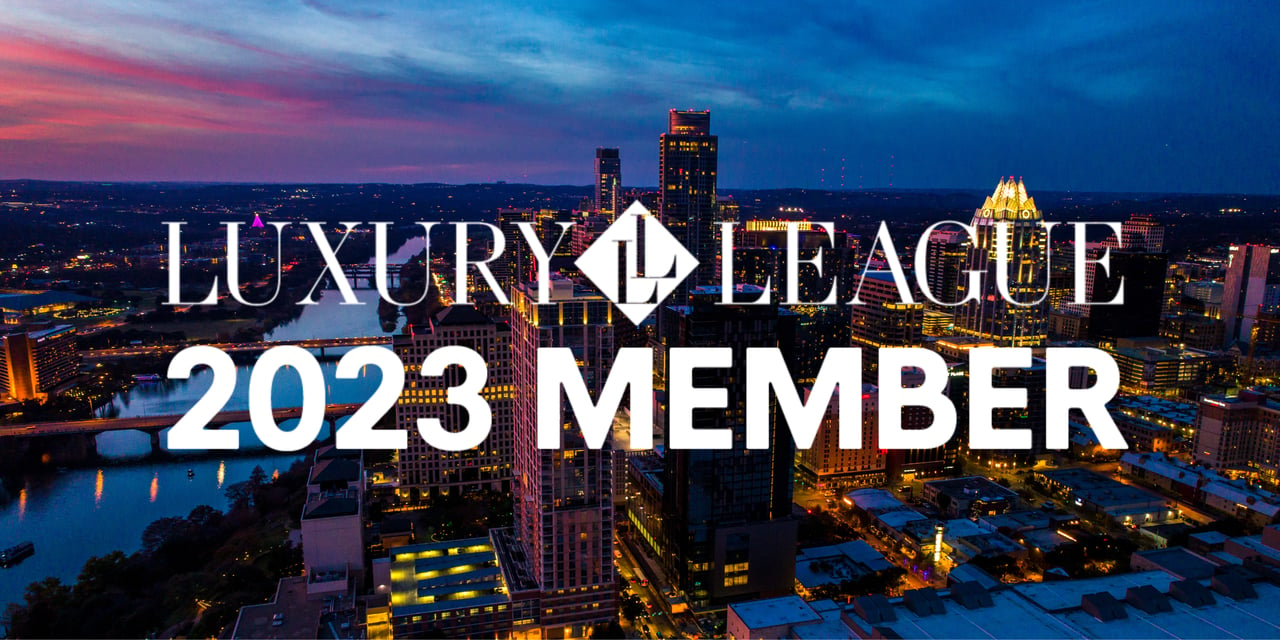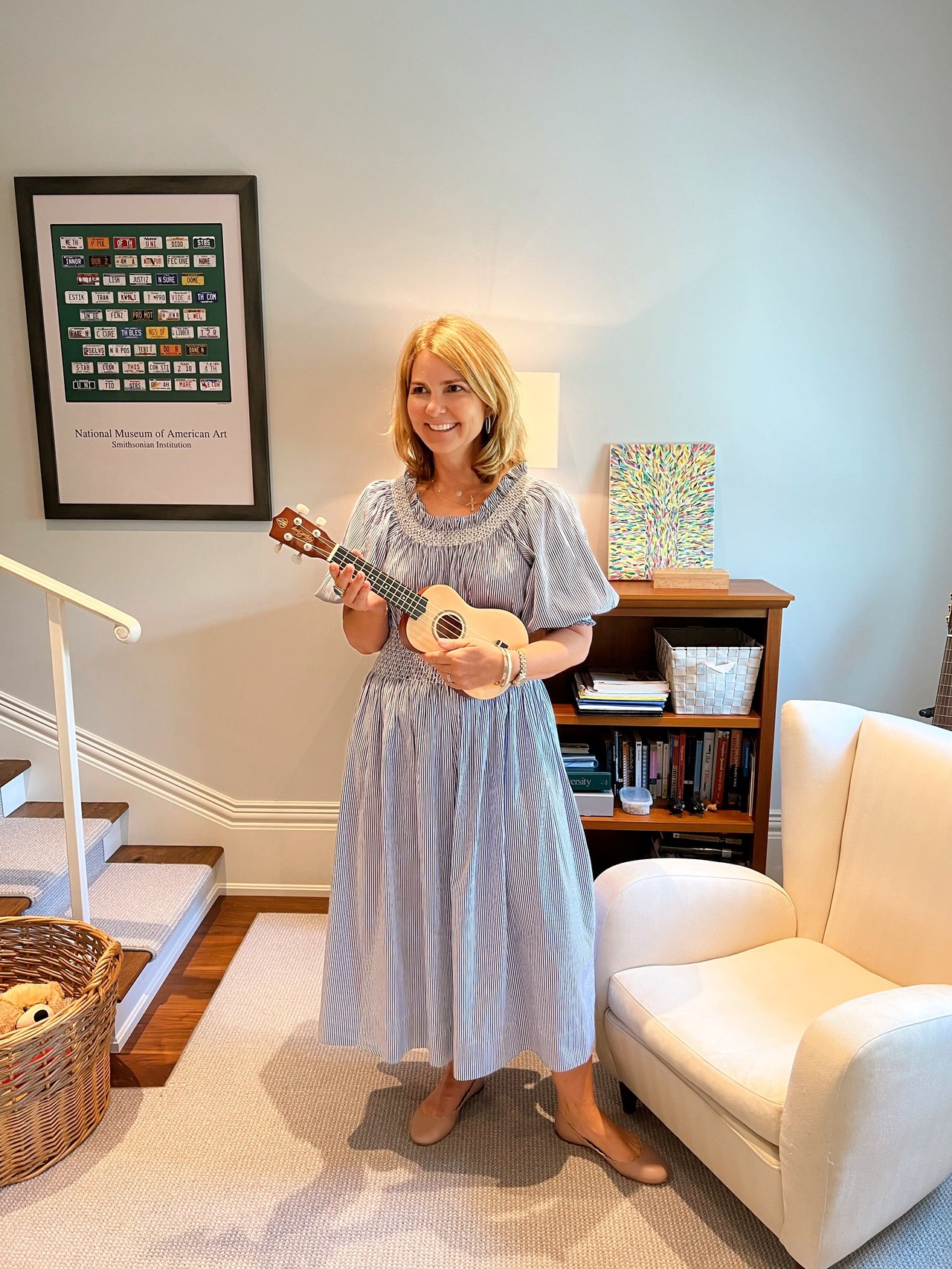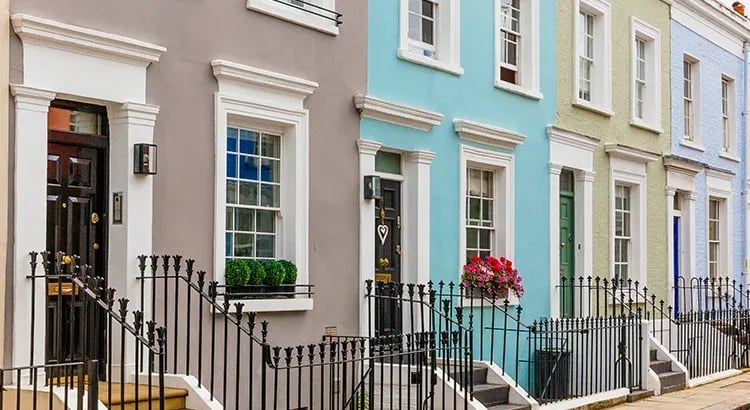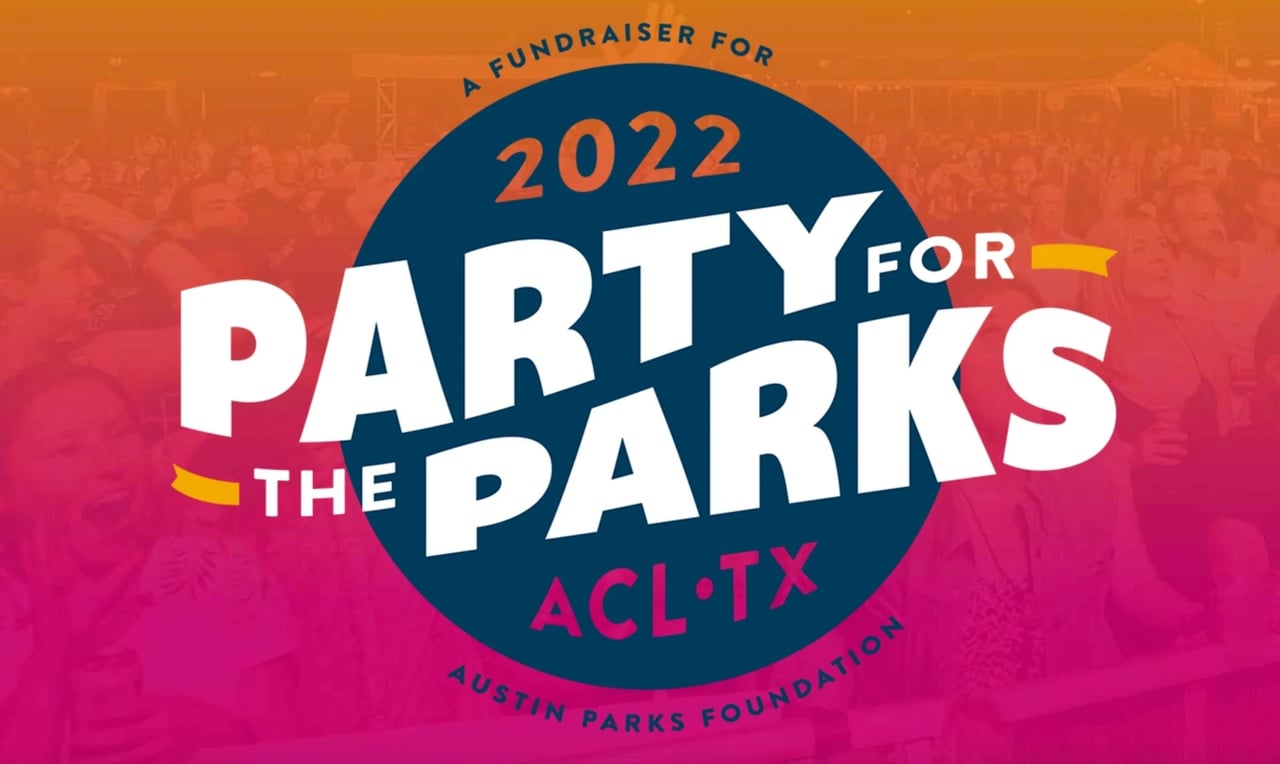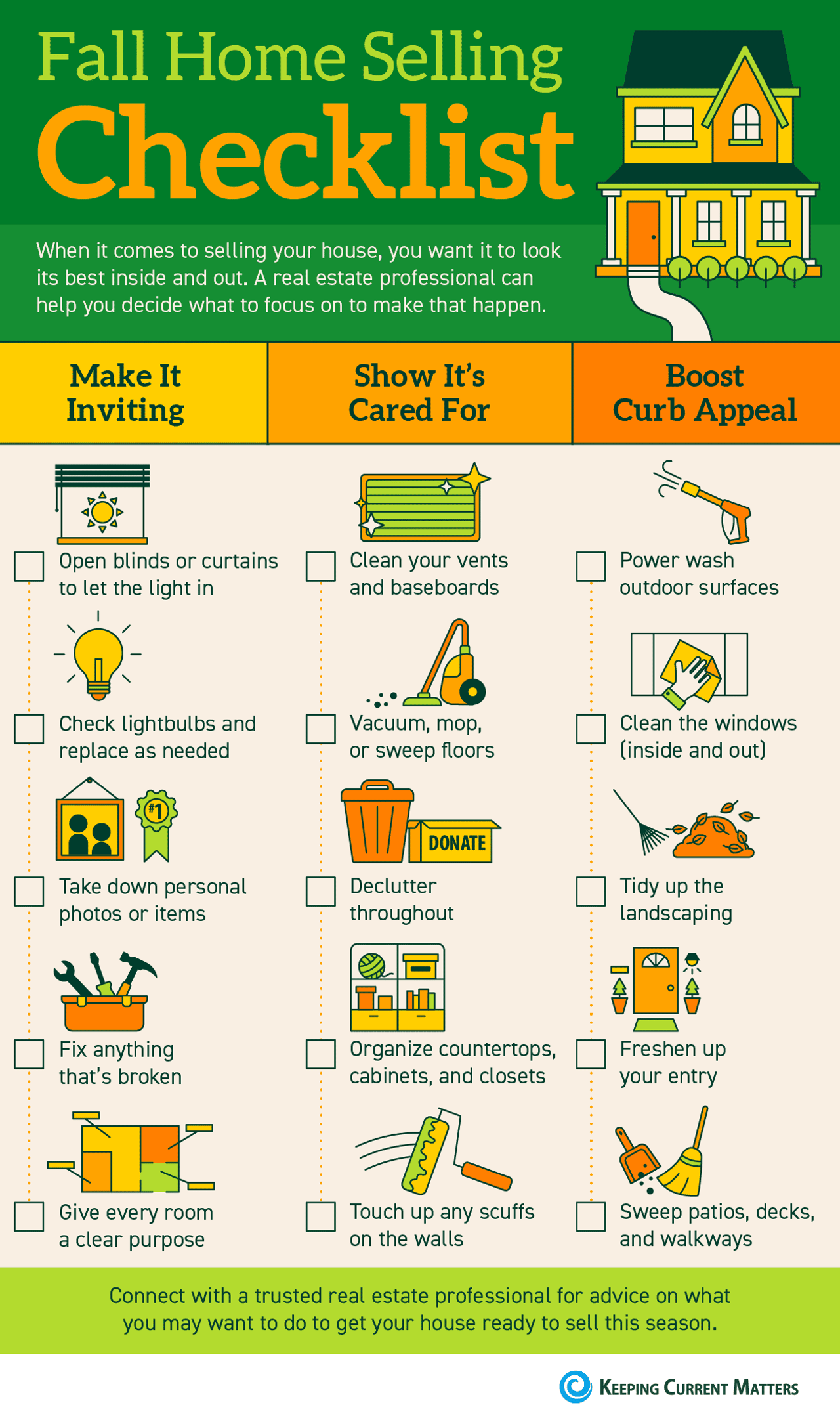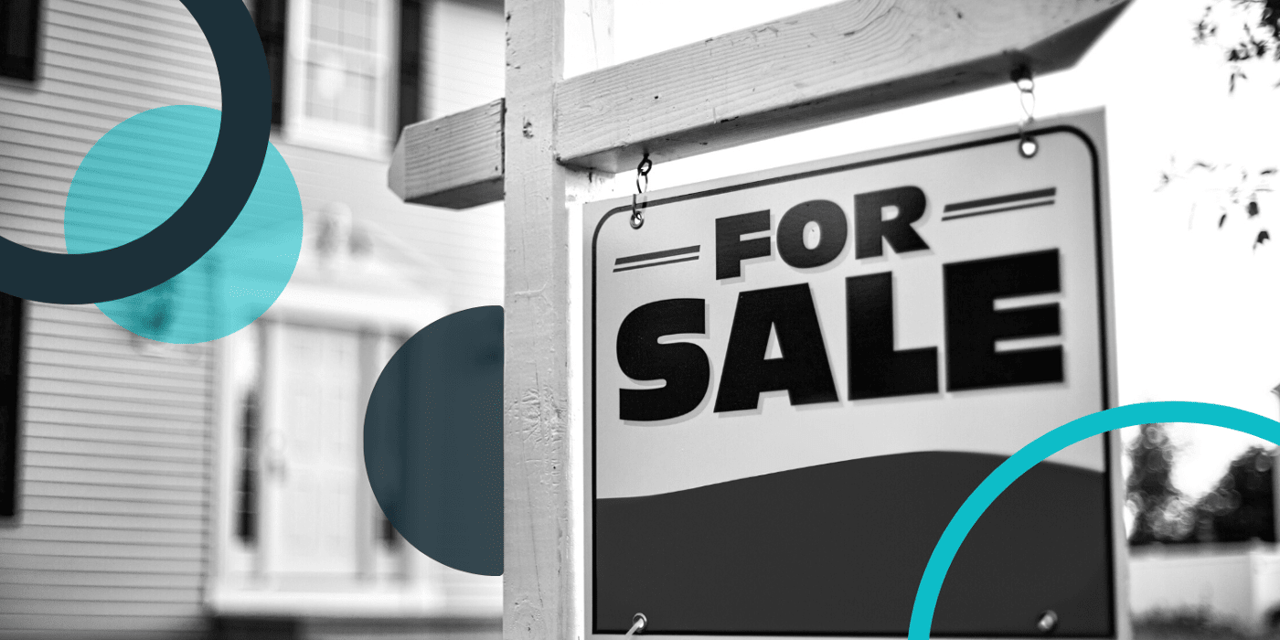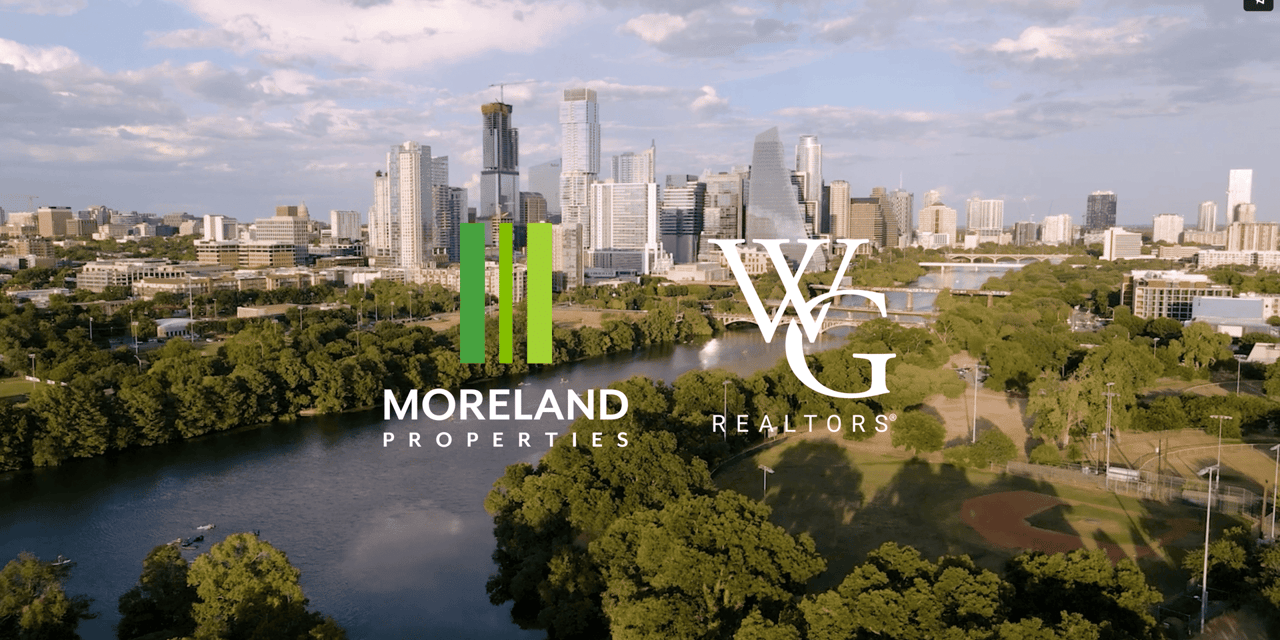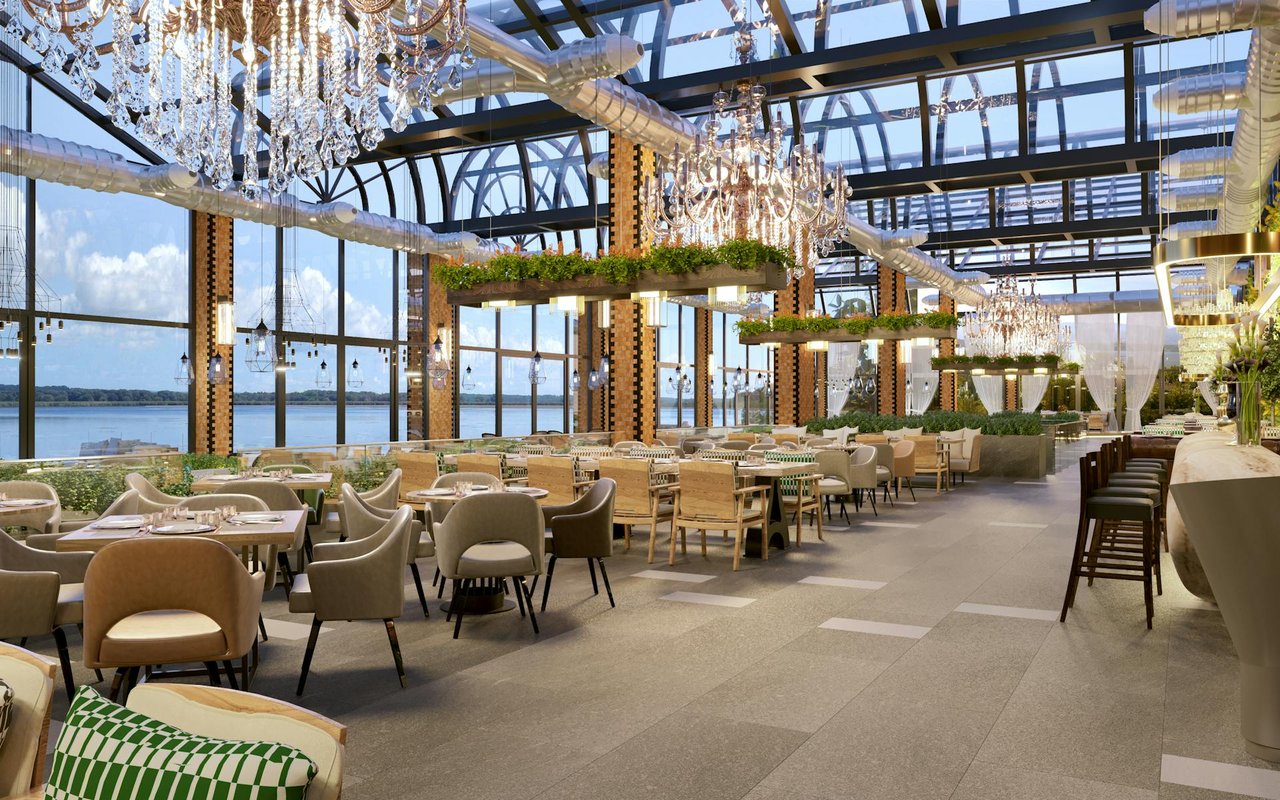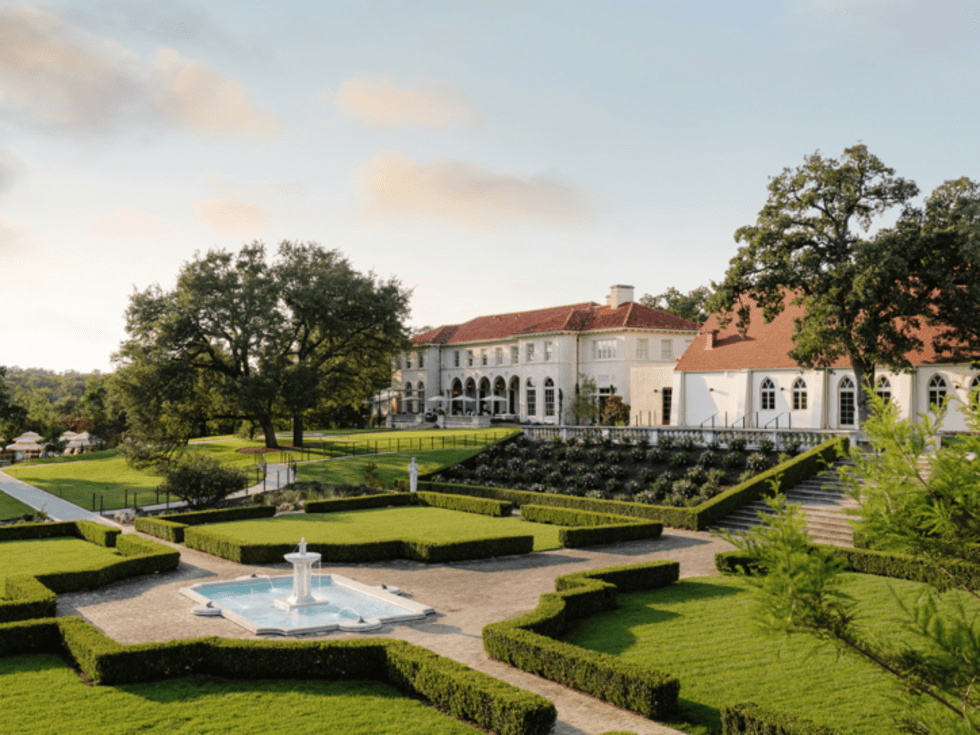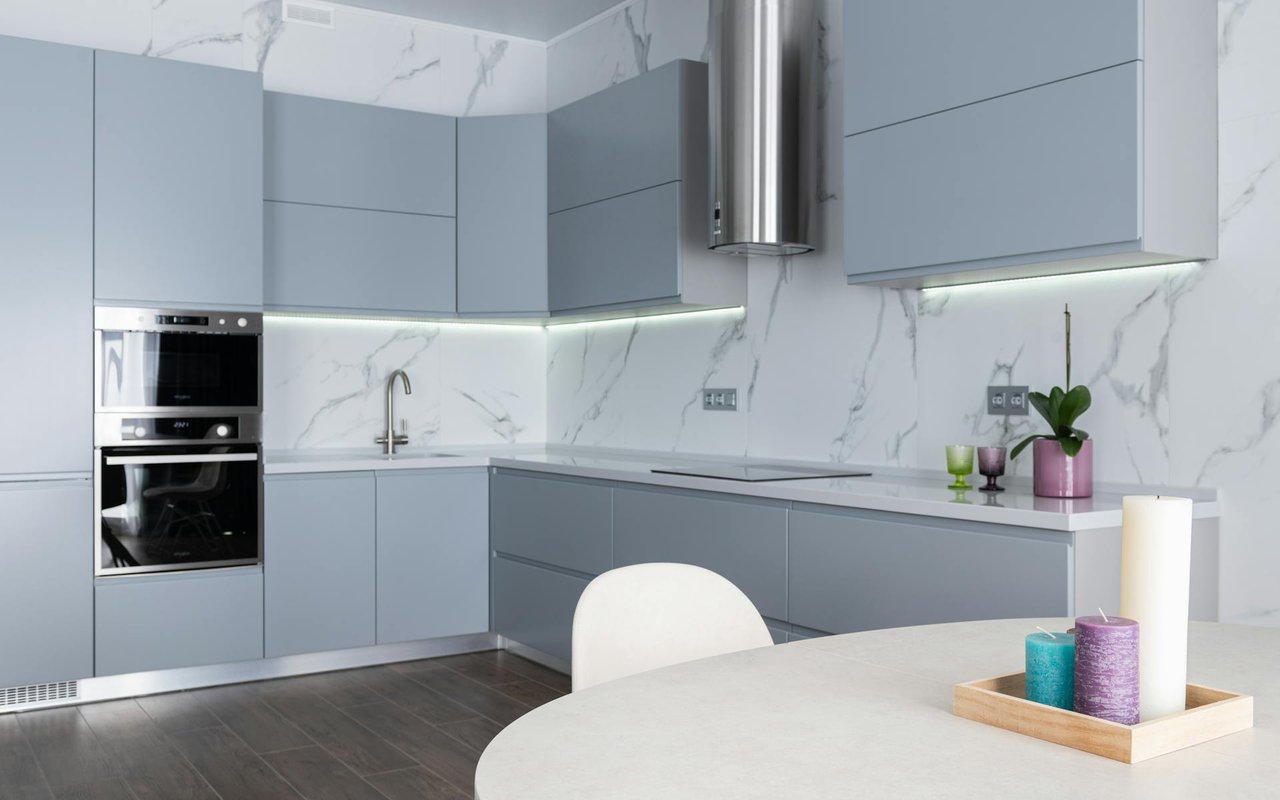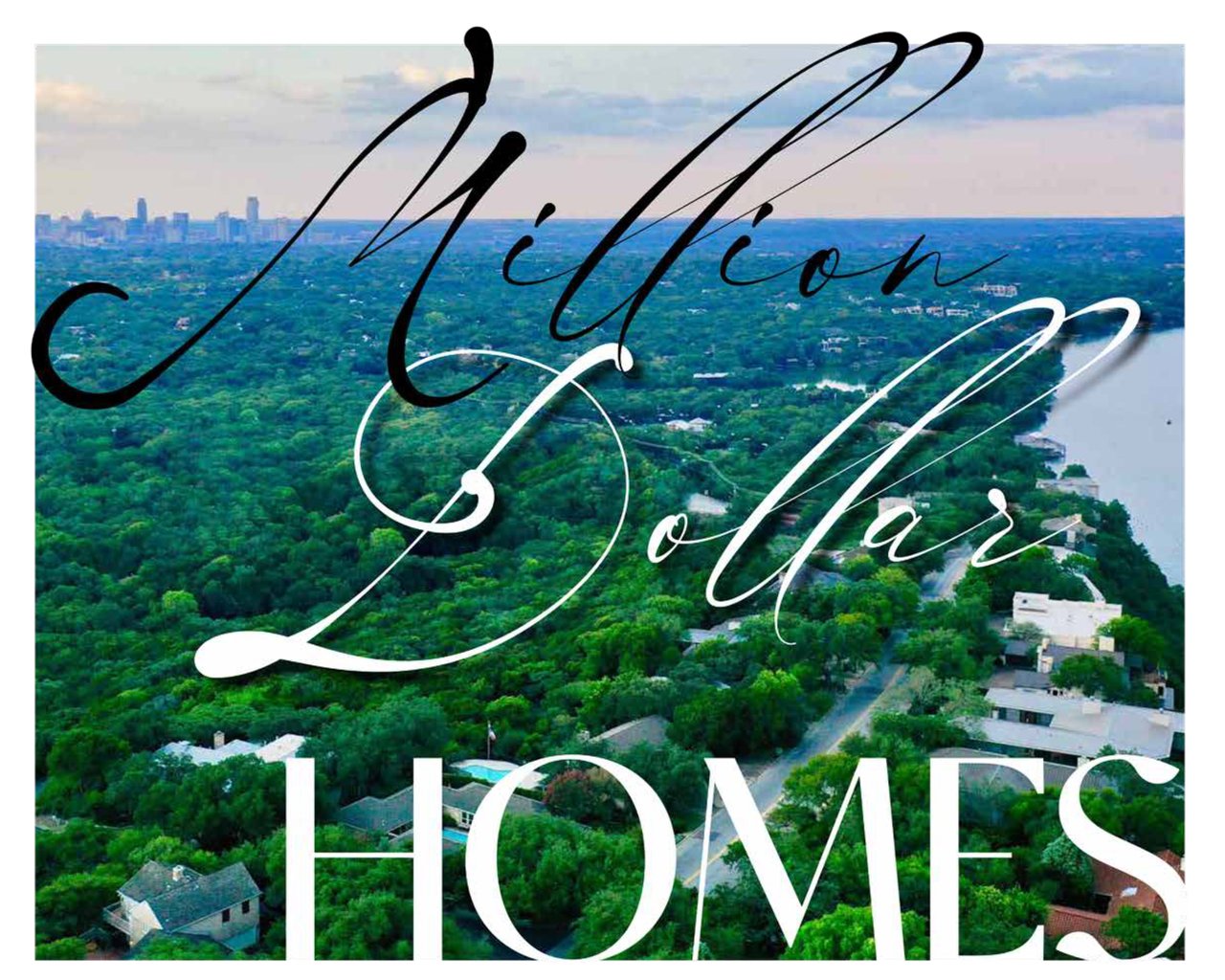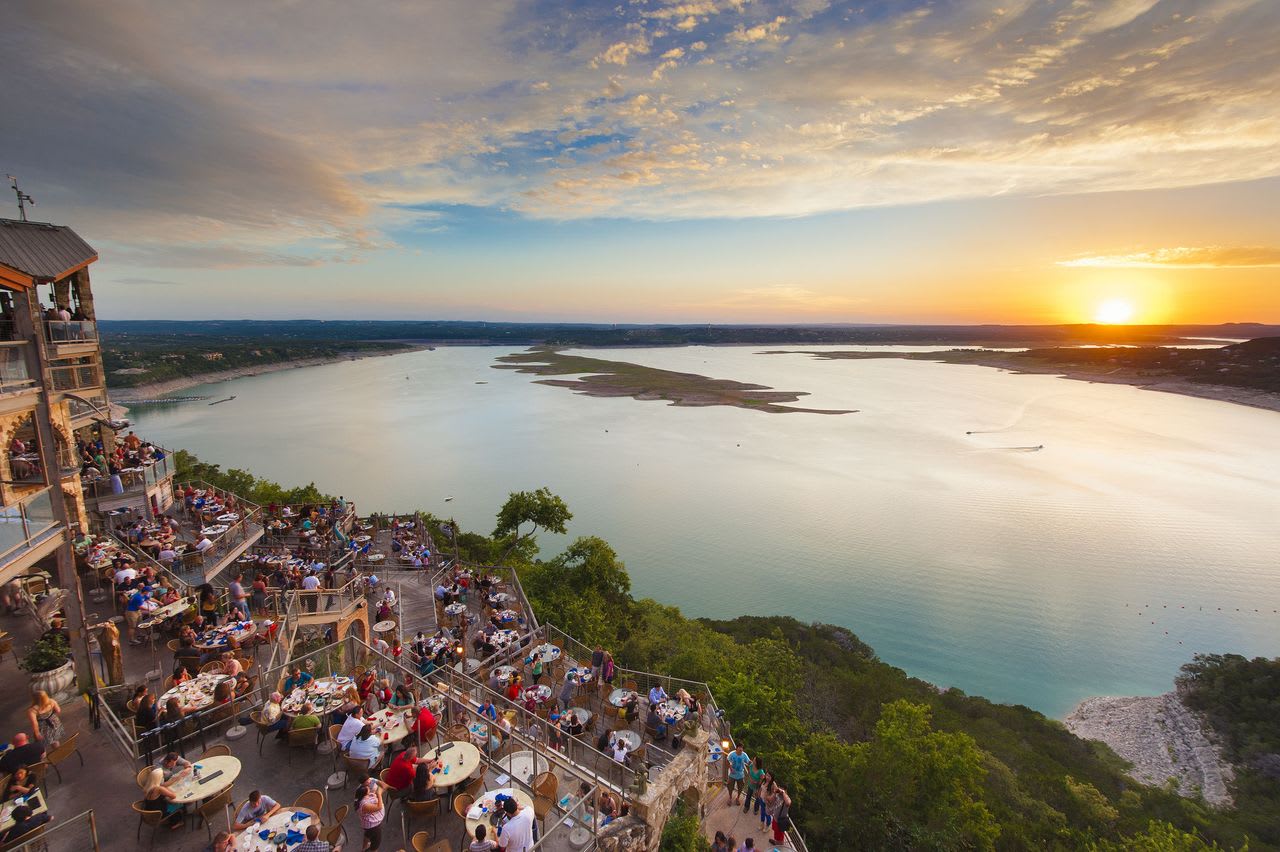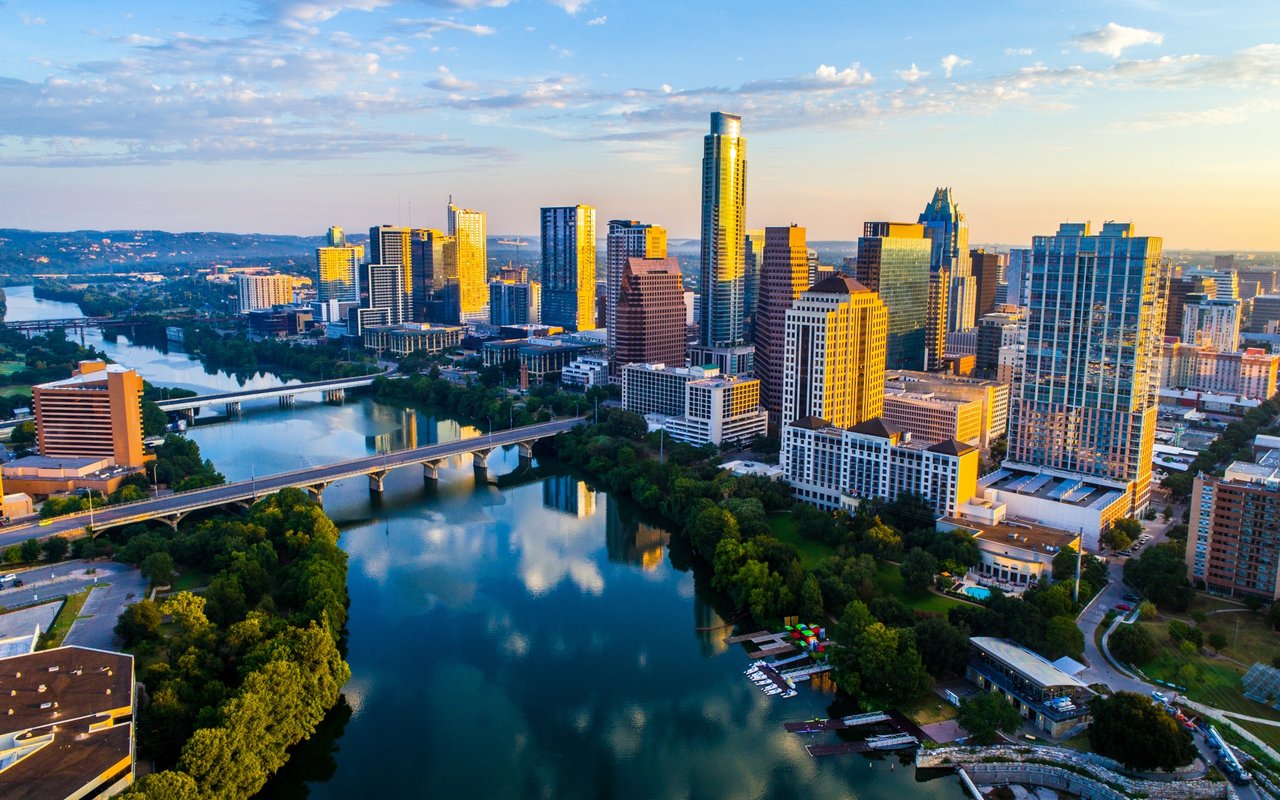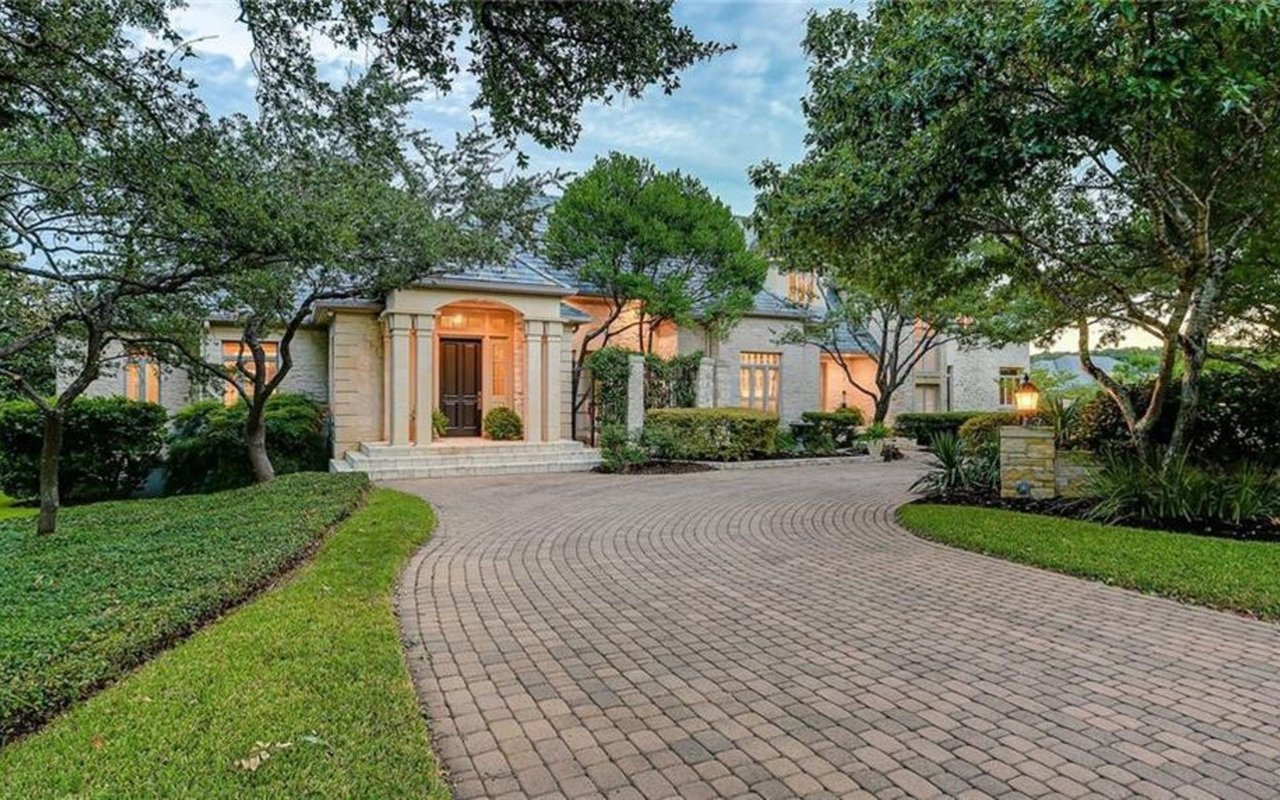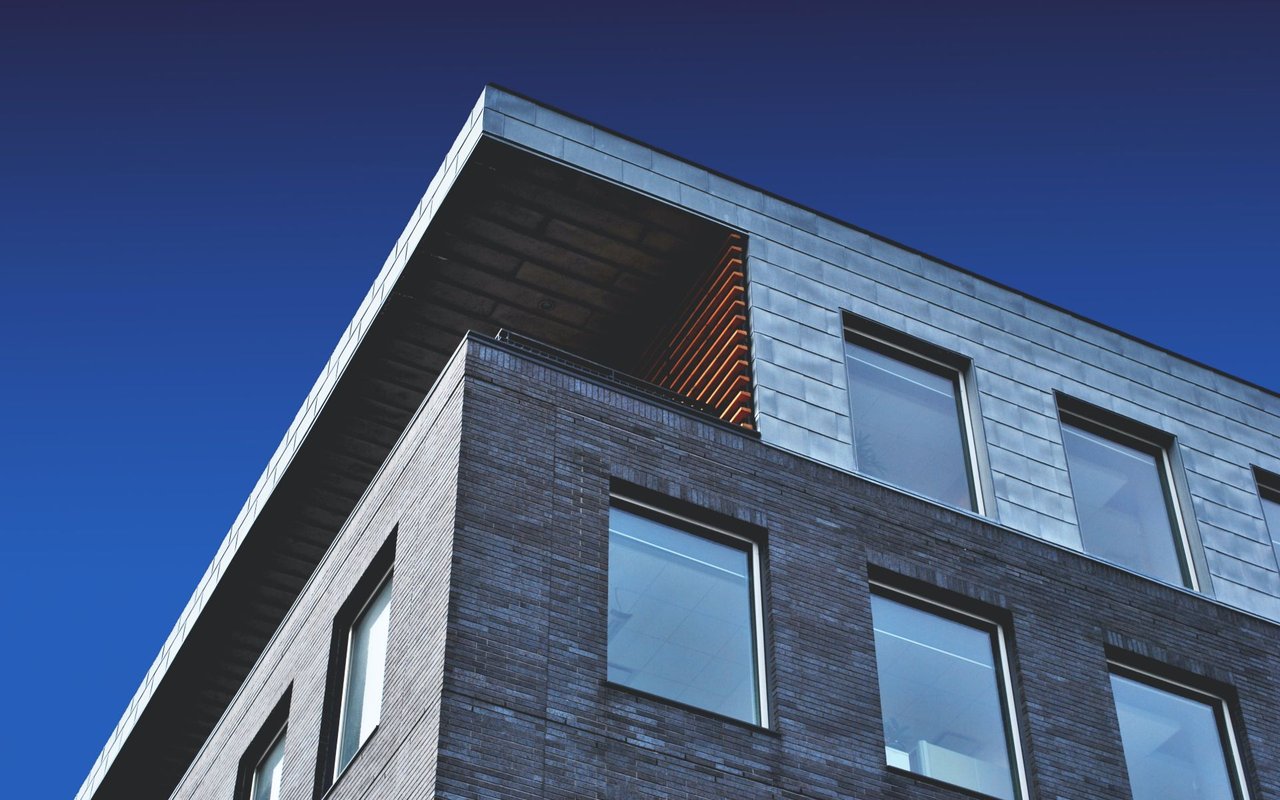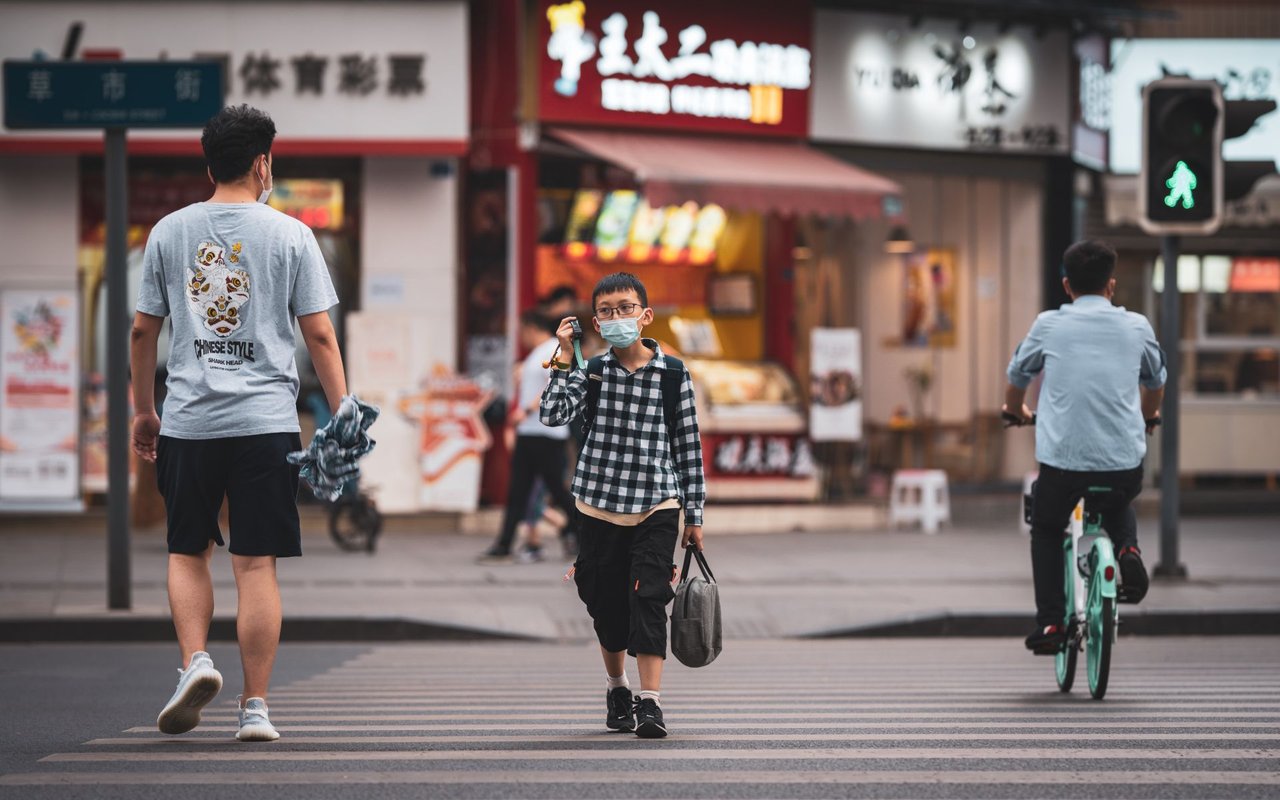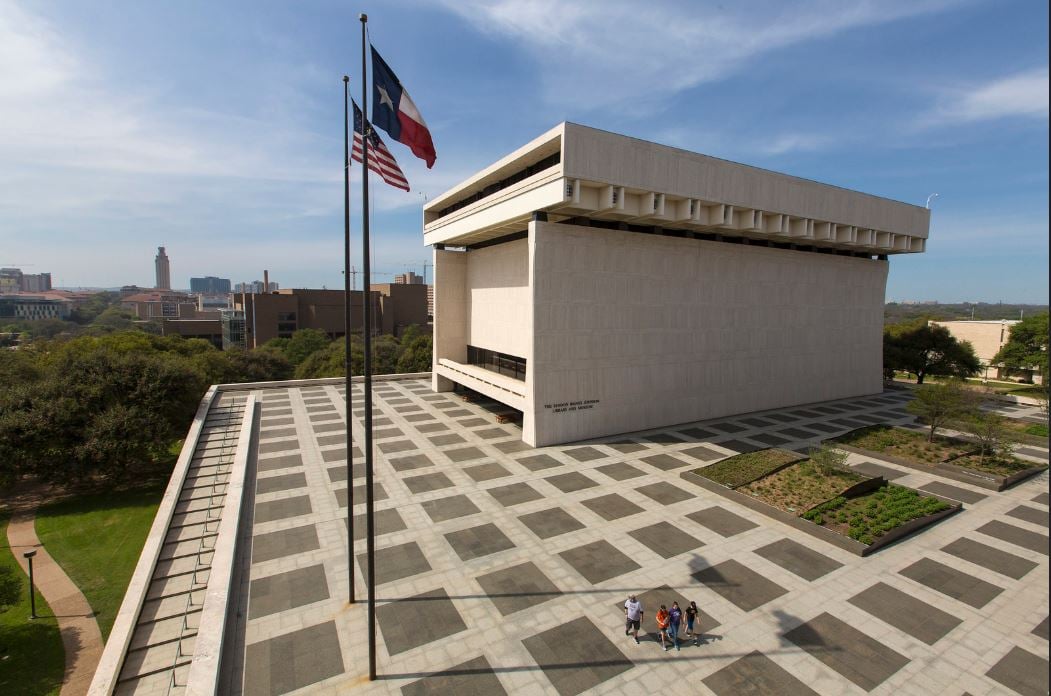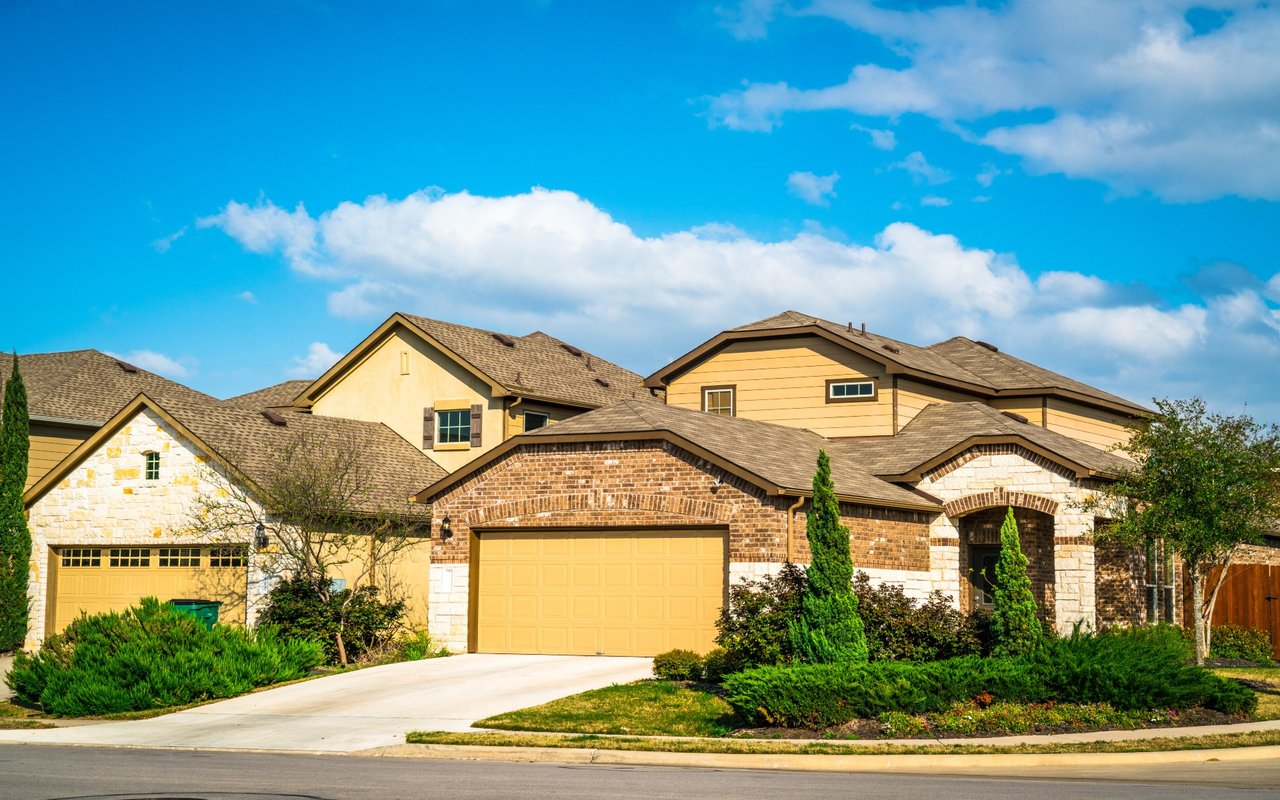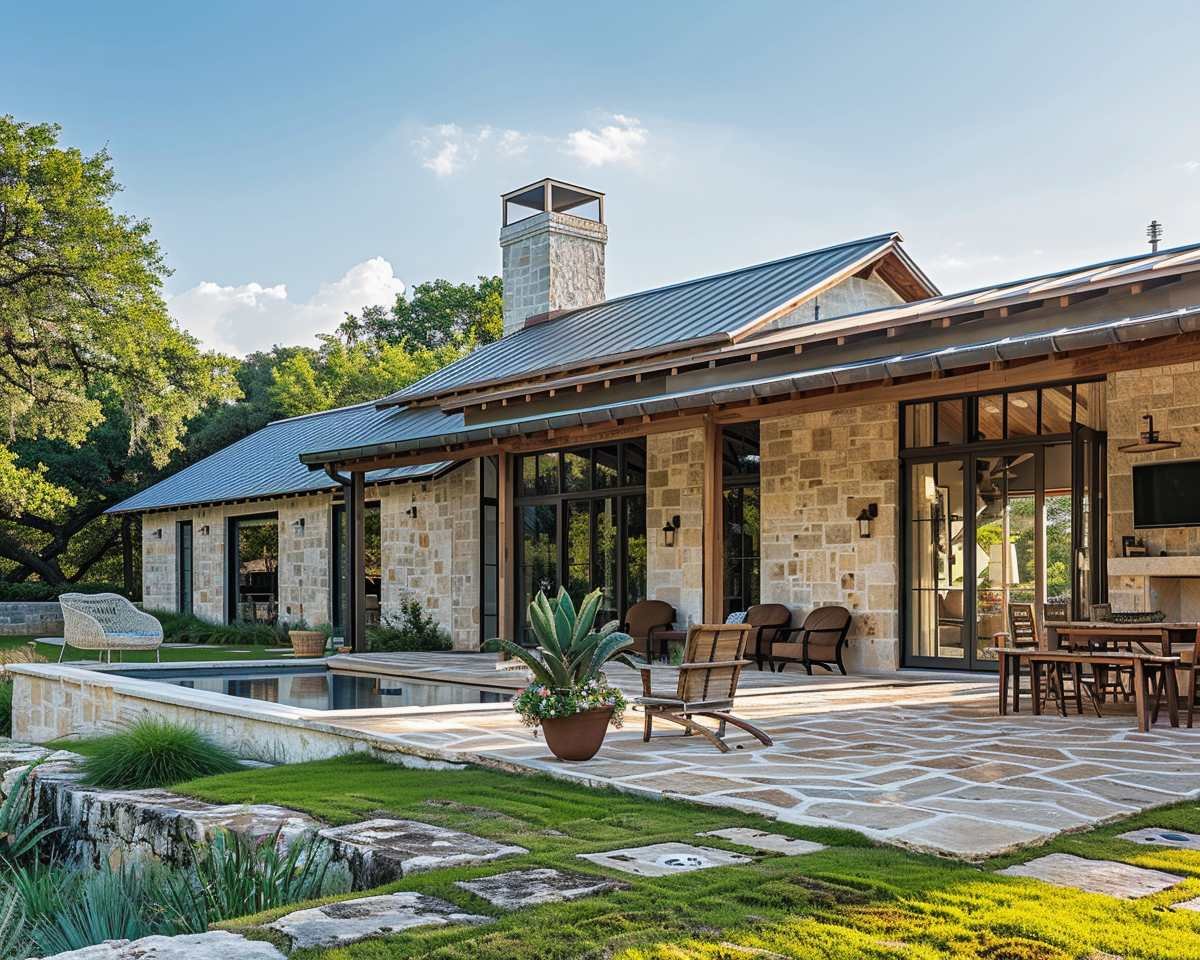Austin, the vibrant capital city of Texas, is not just known for its lively music scene and rich cultural heritage; it has also emerged as a hotbed for real estate investments. Over the past decade, Austin's real estate market has witnessed remarkable growth, attracting buyers, investors, and developers from all corners of the world. In this blog post, we'll delve into the factors fueling Austin's real estate boom, explore the various neighborhoods that make the city unique, and discuss the challenges and opportunities in this dynamic market.
A Strong Economy Driving Growth
One of the key factors contributing to Austin's robust real estate market is its strong and diverse economy. The city has become a hub for technology companies, earning itself the nickname "Silicon Hills." With the presence of major corporations like Dell, IBM, Apple, and Google, Austin has experienced a surge in job opportunities, attracting professionals from various sectors. This influx of well-paid employees has created a demand for housing and fueled the real estate market.
Population Growth and Urban Expansion
Austin's population has been growing steadily, making it one of the fastest-growing cities in the United States. The city's appeal, coupled with its strong job market, has led to an influx of newcomers seeking a high quality of life. As a result, the demand for housing has outpaced the supply, leading to a surge in property prices.
To accommodate the growing population, Austin has seen significant urban expansion. New residential developments are springing up across the city, catering to a variety of needs and preferences. From luxury high-rise condos in downtown to family-friendly neighborhoods in the suburbs, Austin offers a diverse range of options for potential homeowners.
Neighborhoods with Unique Charms
Austin's real estate market presents an array of neighborhoods, each with its own distinct character and charm. Let's explore a few notable ones:
1. Downtown: The heart of the city, downtown Austin offers a vibrant urban lifestyle. It is home to high-rise condos, trendy apartments, and a thriving entertainment scene, including renowned music venues, restaurants, and cultural attractions.
2. East Austin: Known for its eclectic mix of cultures, East Austin has undergone rapid gentrification in recent years. It features a blend of historic homes, modern townhouses, and trendy eateries, attracting young professionals and artists.
3. South Congress (SoCo): South Congress Avenue is famous for its quirky shops, vintage boutiques, and lively food scene. The neighborhood offers a mix of single-family homes, condos, and apartments, catering to residents seeking a vibrant and walkable community.
4. The Domain: Located in North Austin, the Domain is a newer mixed-use development, featuring upscale shopping, dining, and entertainment options. It has attracted young professionals and offers a range of modern apartment complexes and townhomes.
Challenges and Opportunities
While Austin's real estate market presents exciting opportunities, it is not without its challenges. The rapid increase in property prices has made affordability a pressing concern for many residents. The city is working towards implementing affordable housing initiatives and promoting mixed-income developments to address this issue.
Investors and developers can capitalize on the strong demand for housing by focusing on innovative solutions and niche markets. The city's thriving tech sector and expanding infrastructure also present opportunities for commercial real estate investments.
Austin's real estate market is a dynamic landscape brimming with opportunities. The city's booming economy, population growth, and diverse neighborhoods have made it a prime destination for buyers, investors, and developers alike. As Austin continues to evolve, it remains crucial for stakeholders to prioritize sustainable growth, affordable housing initiatives, and community development. Whether you are seeking a place to call home or looking to invest, Austin's real estate market
